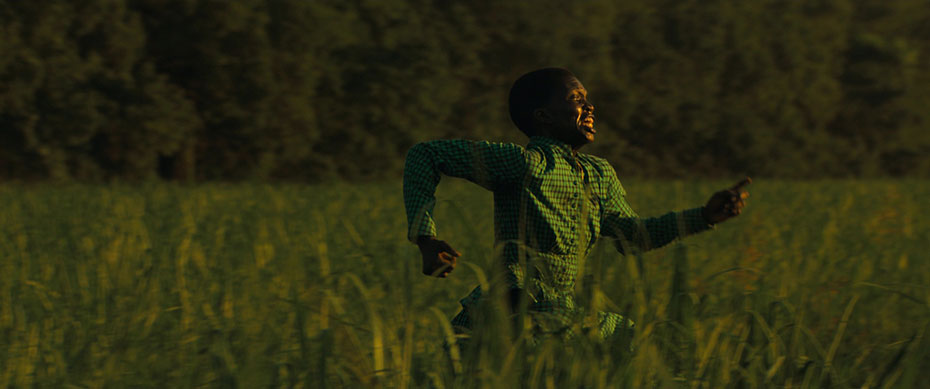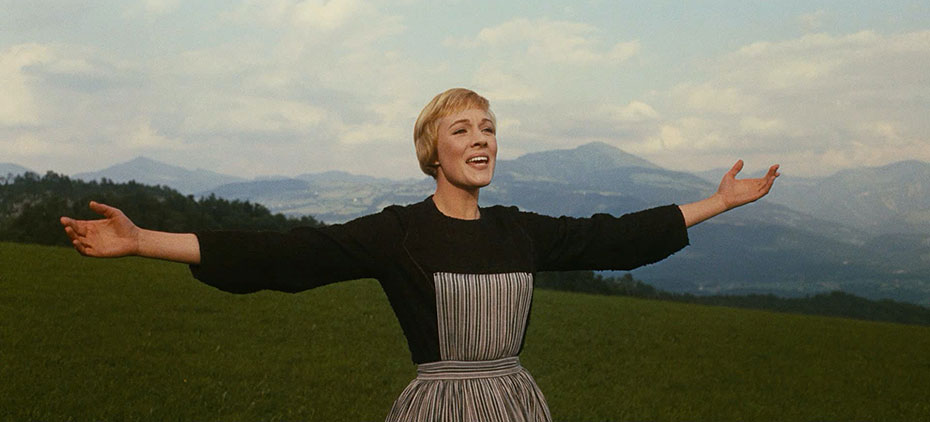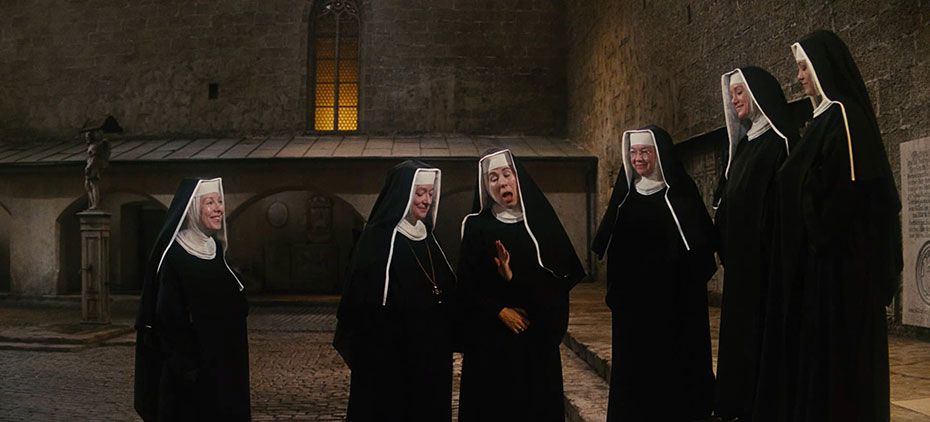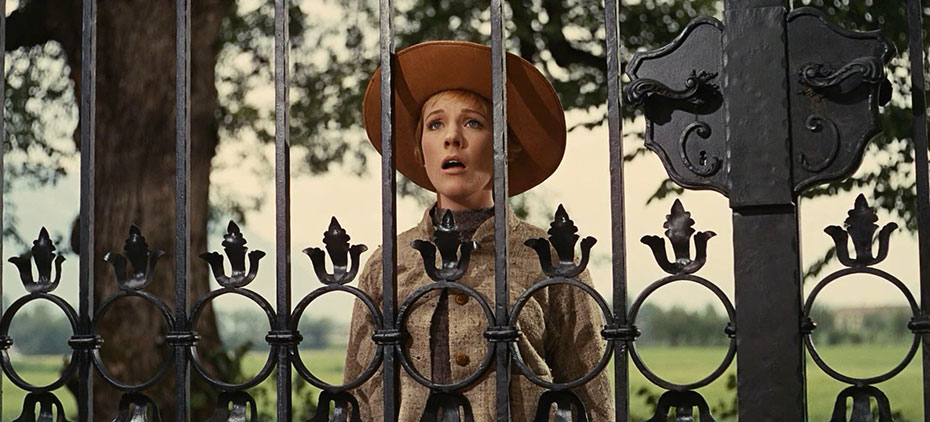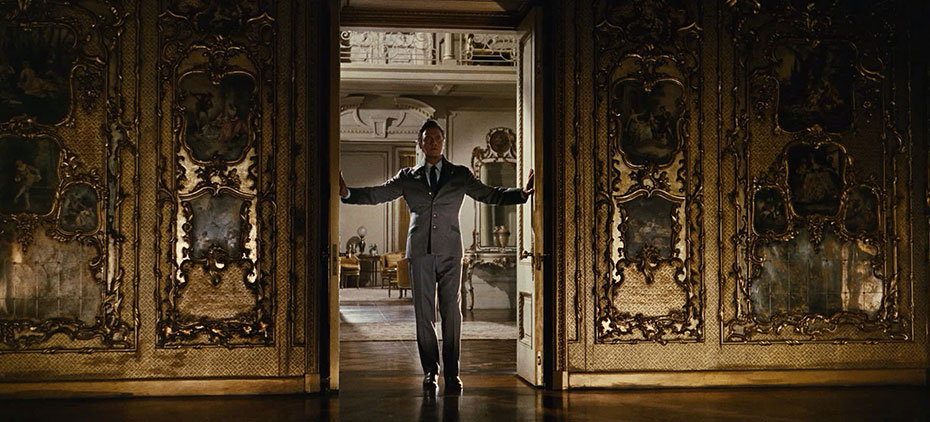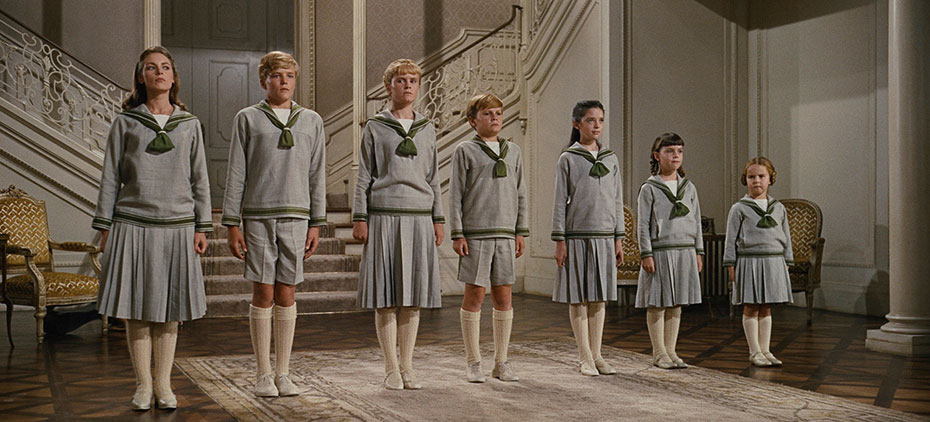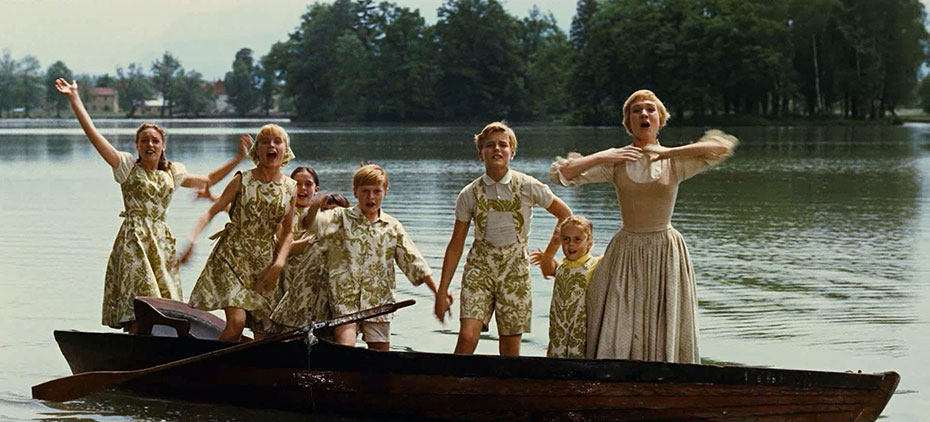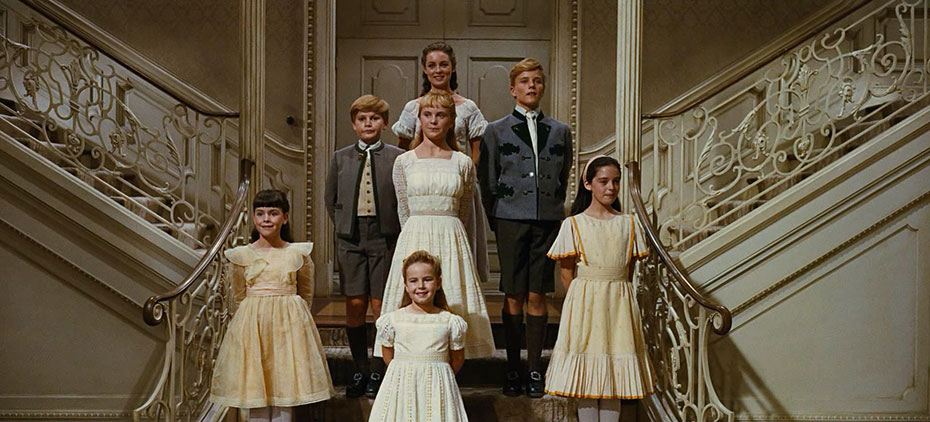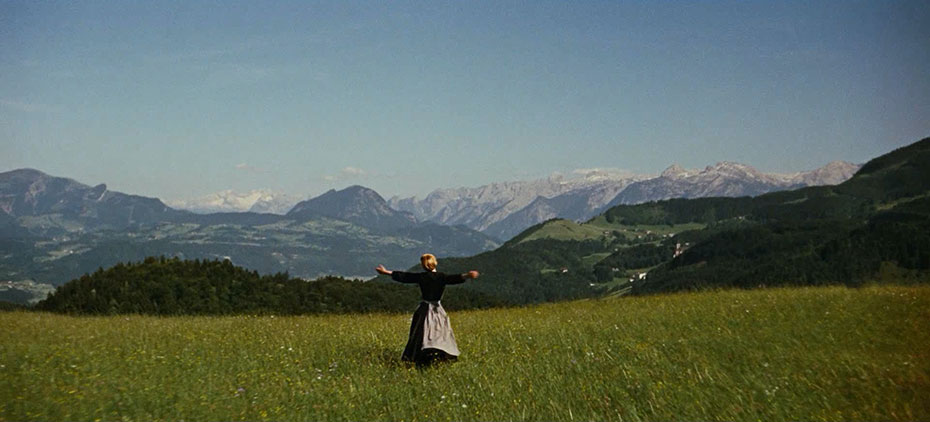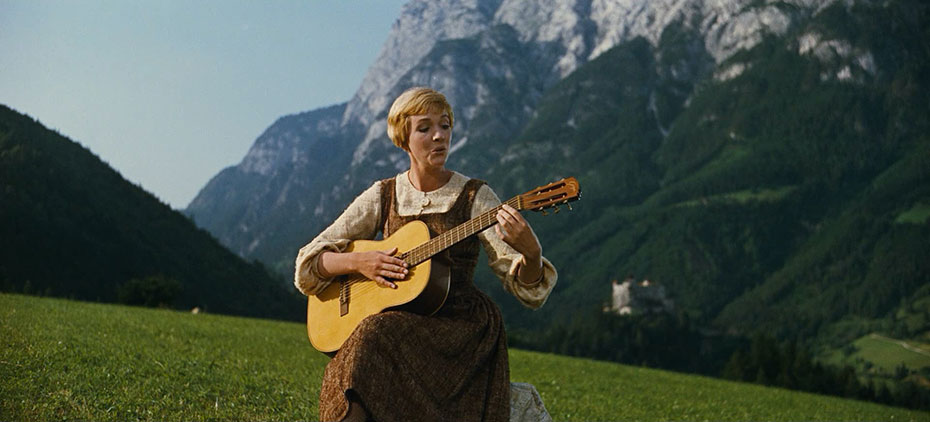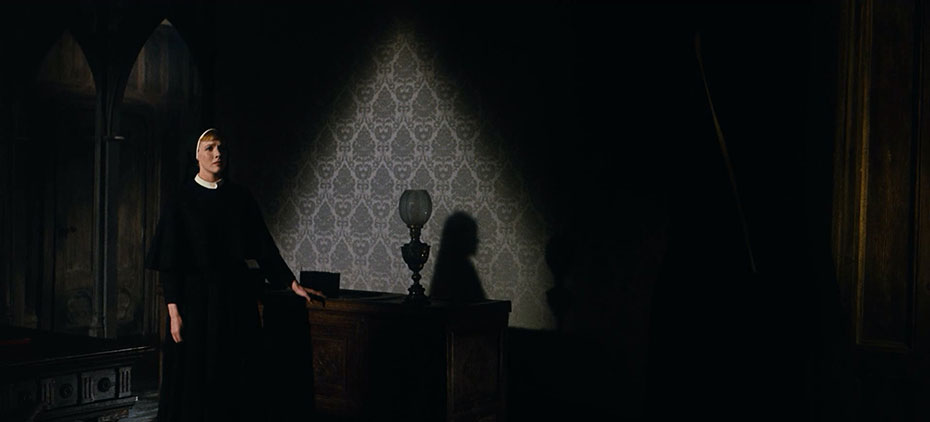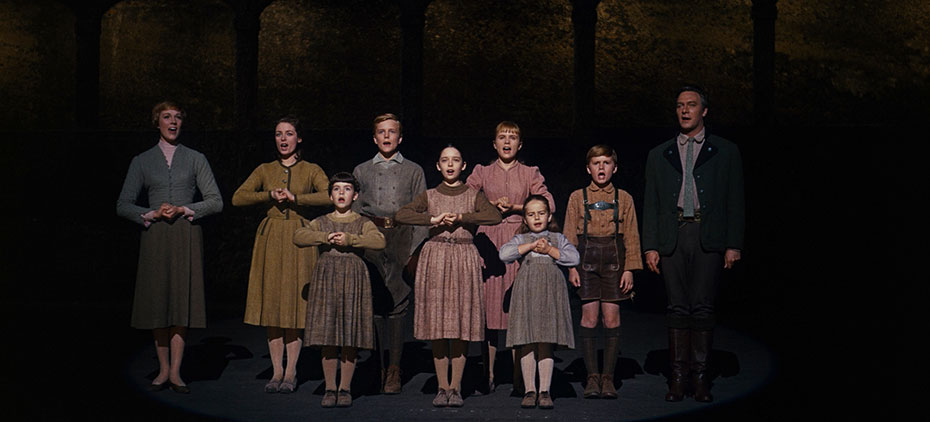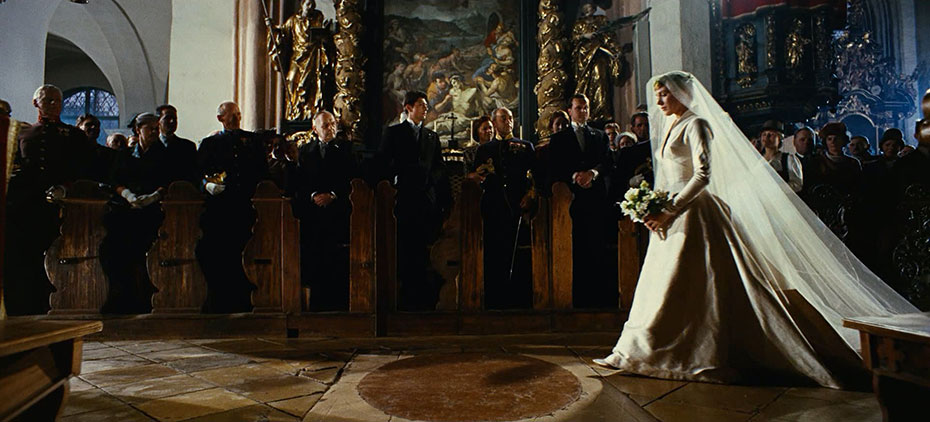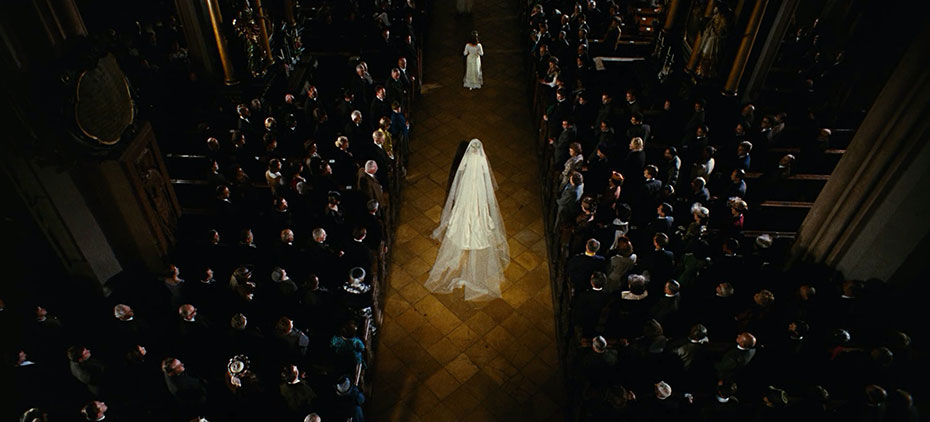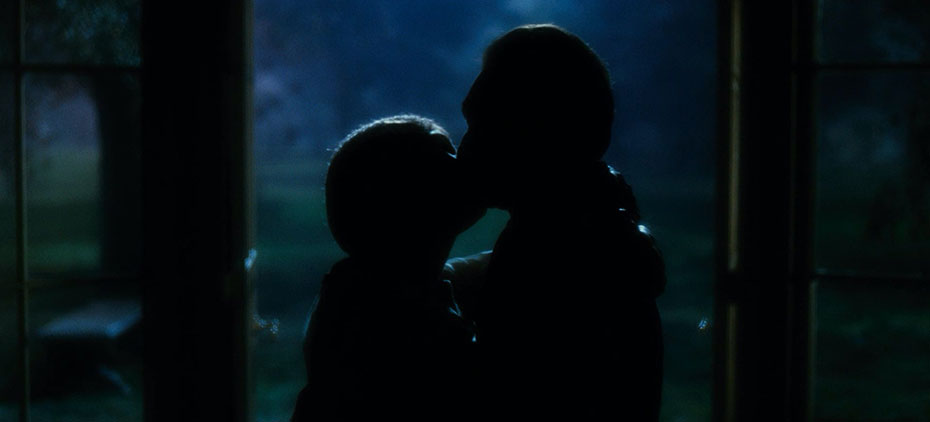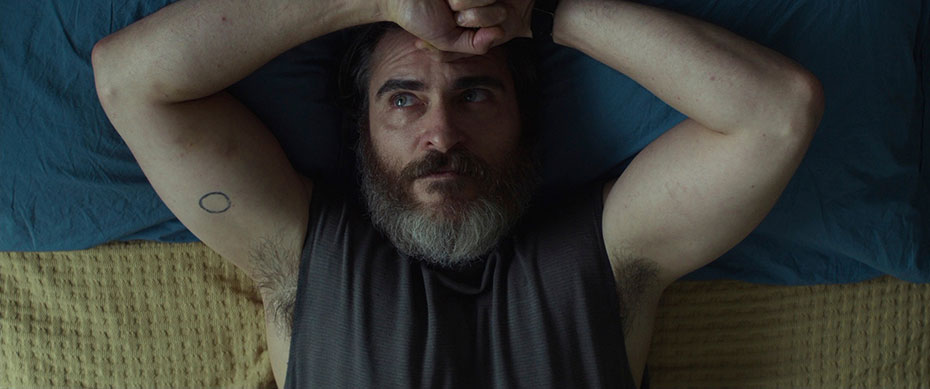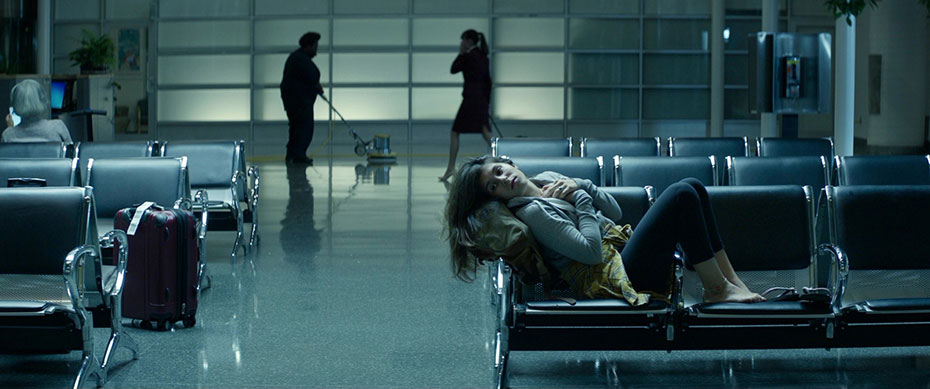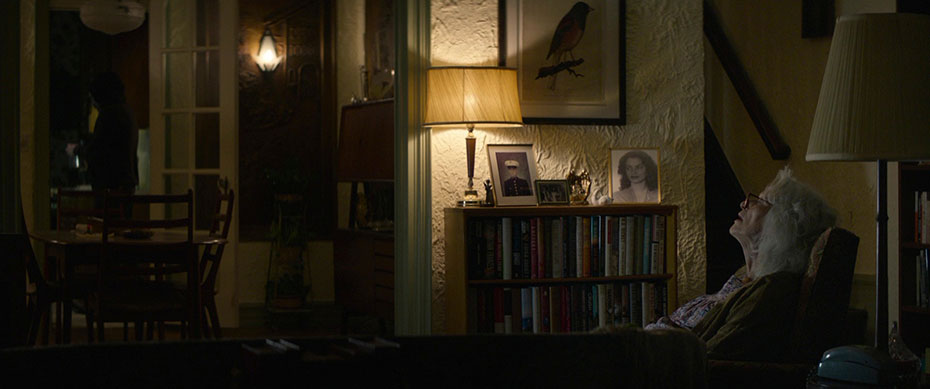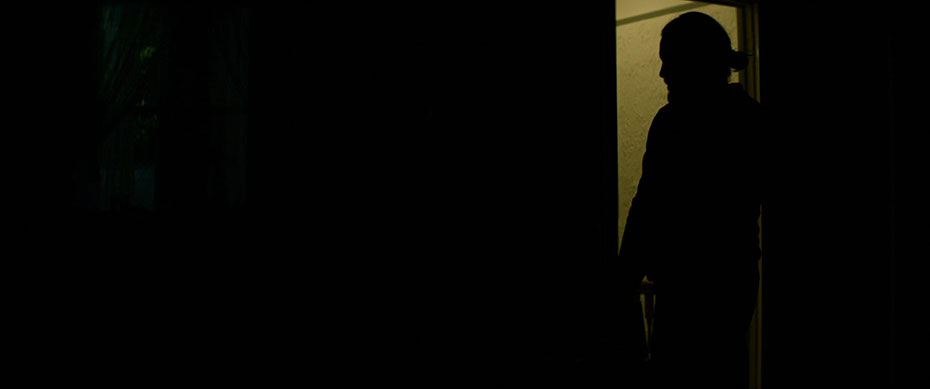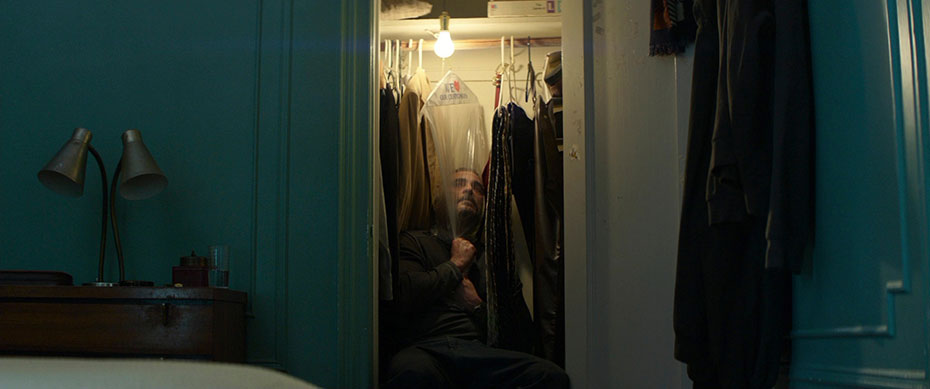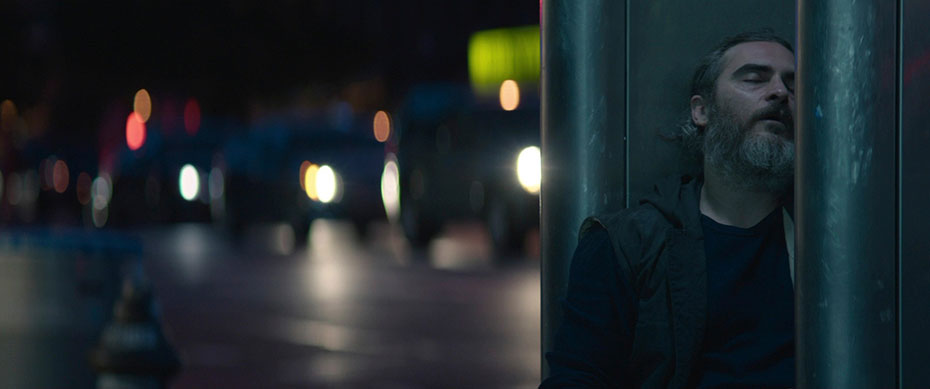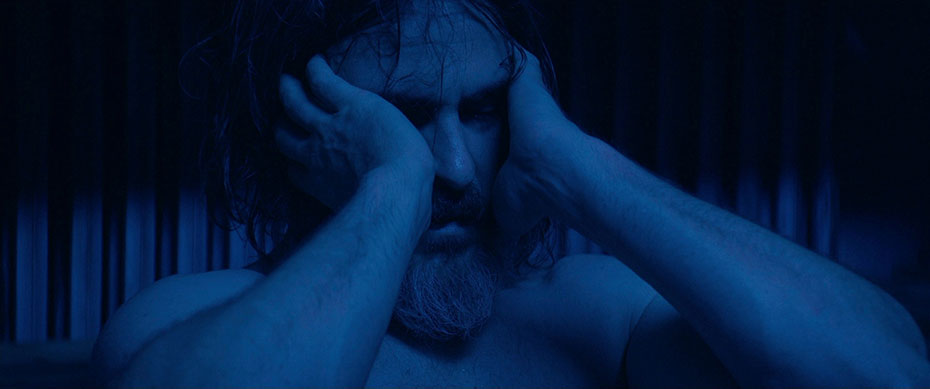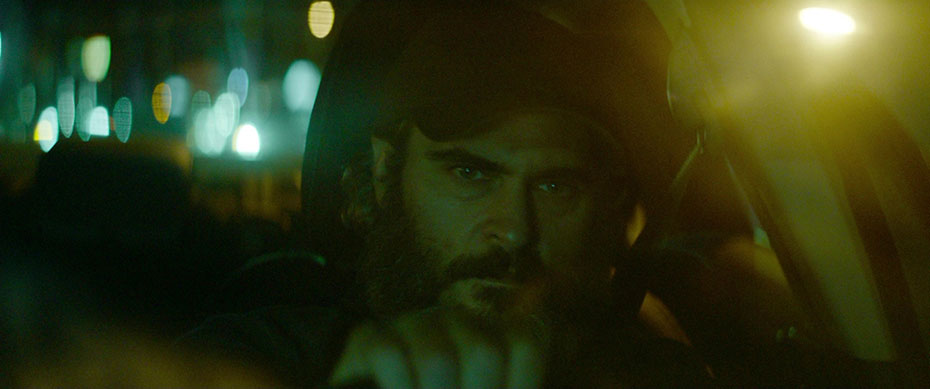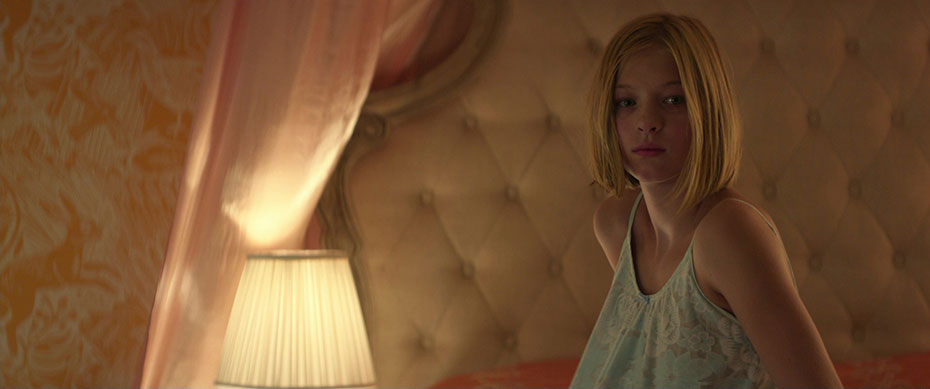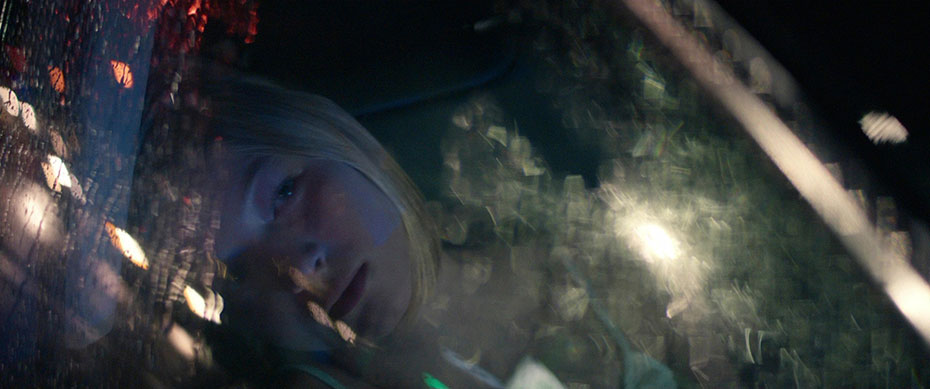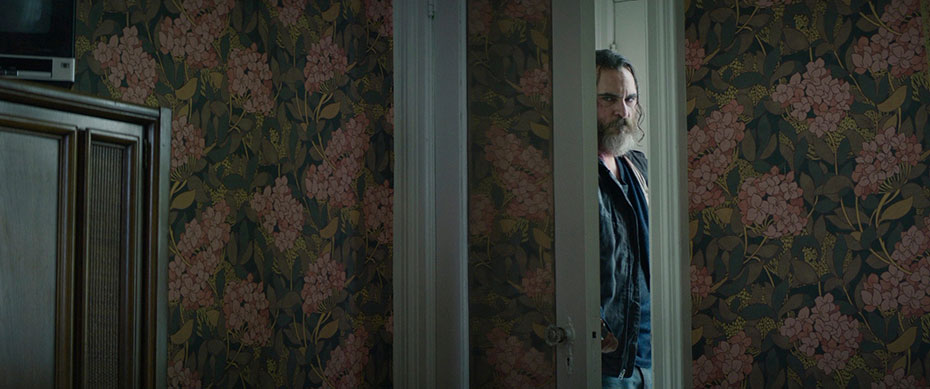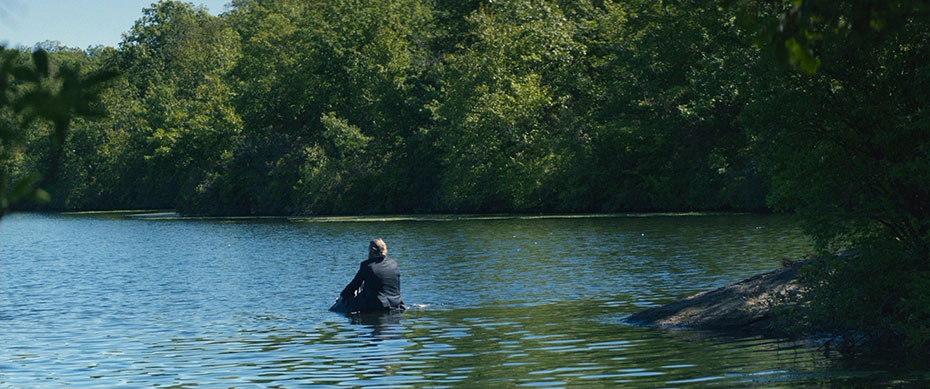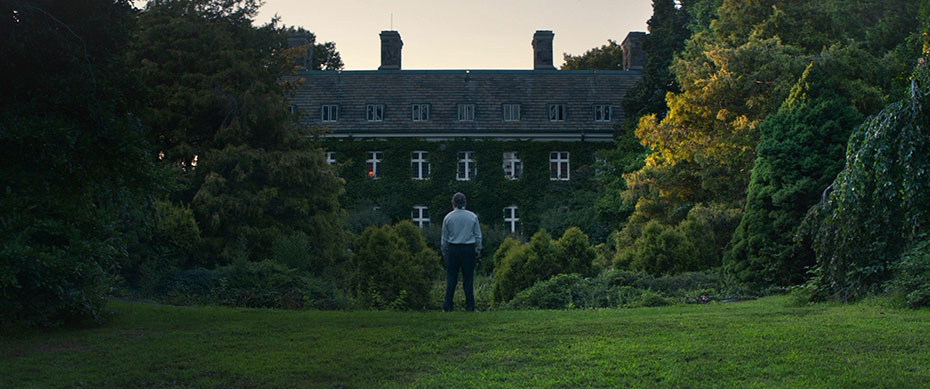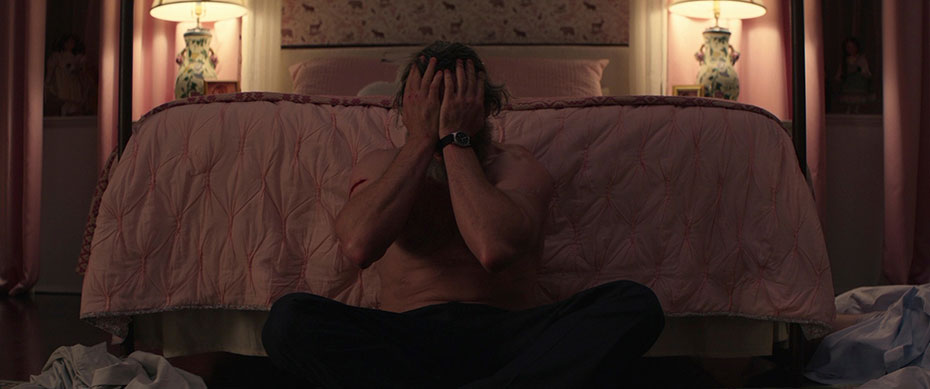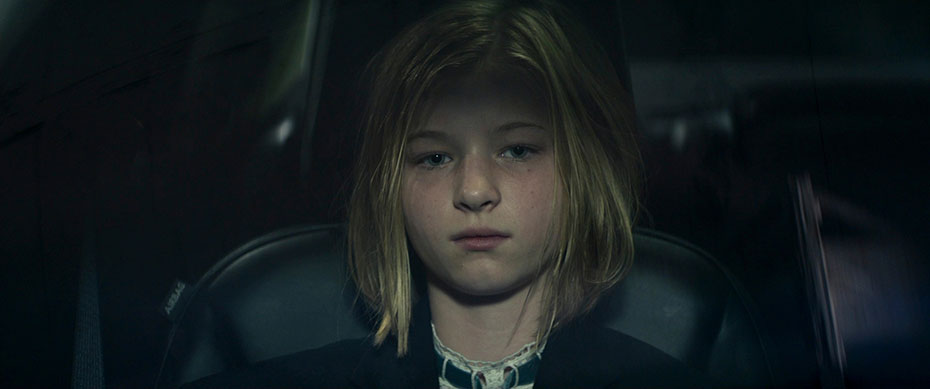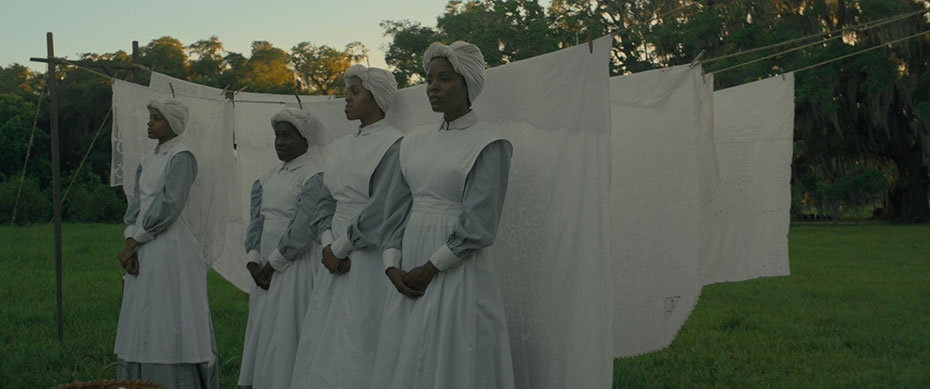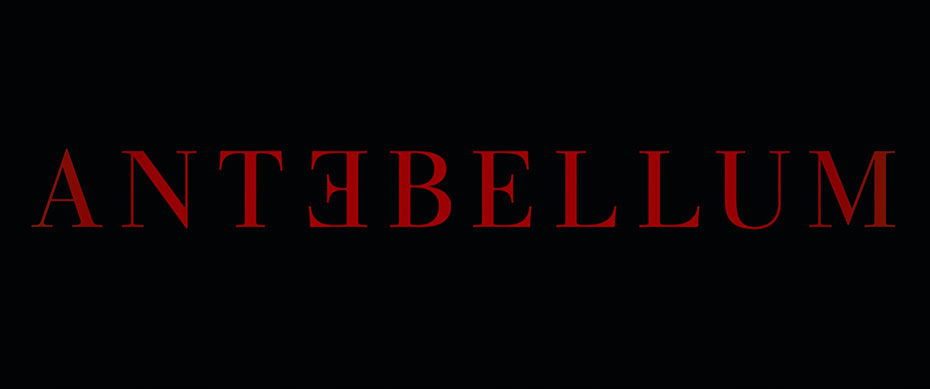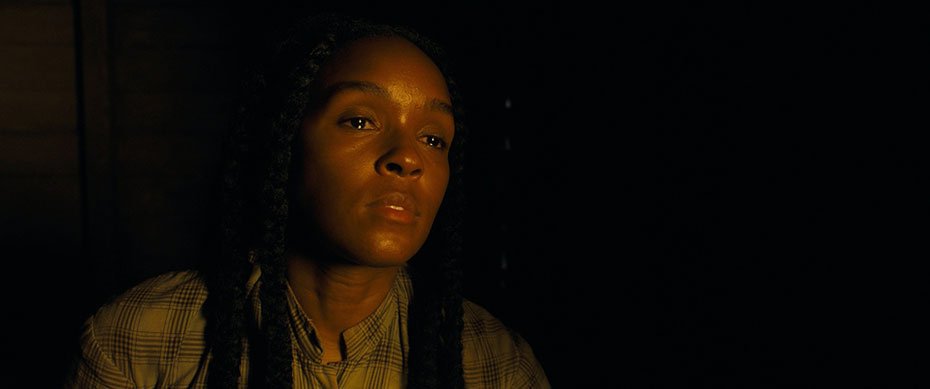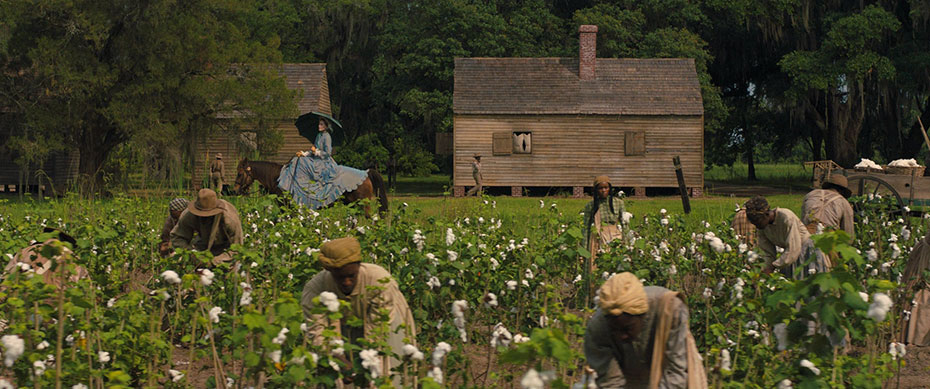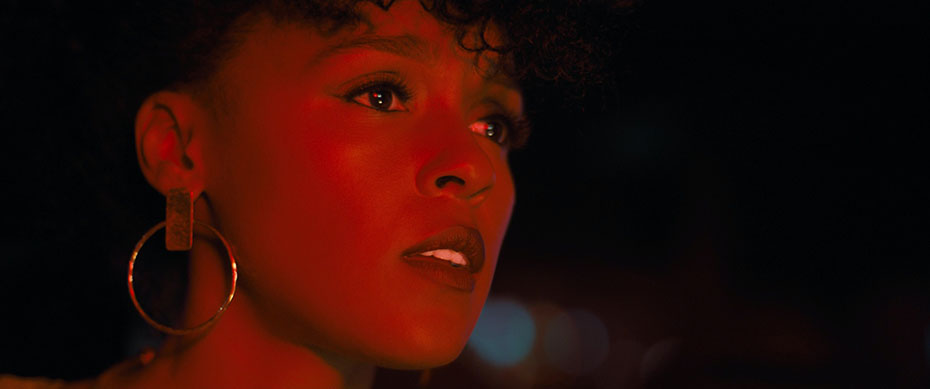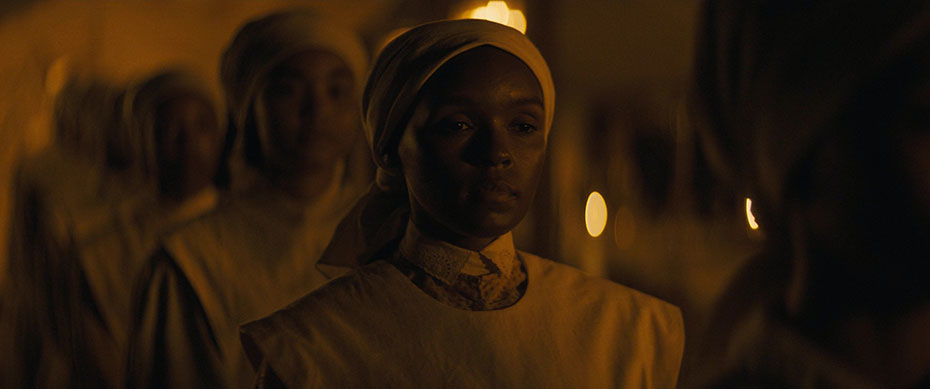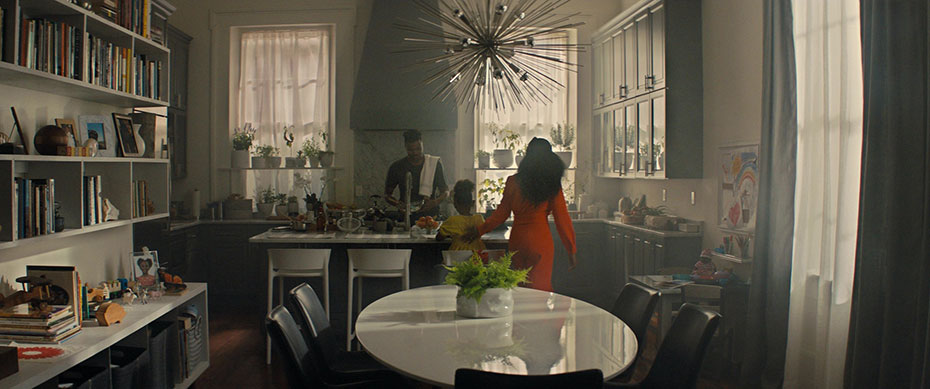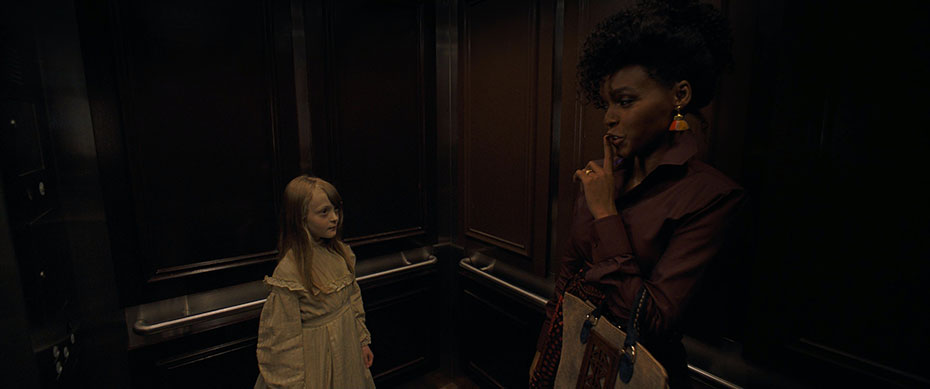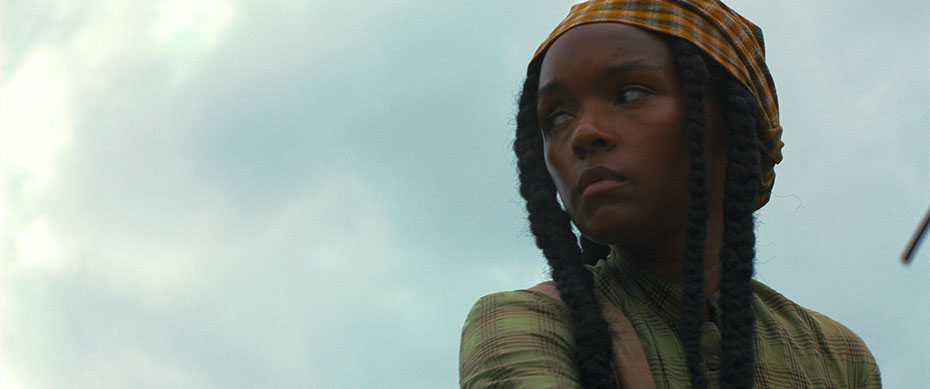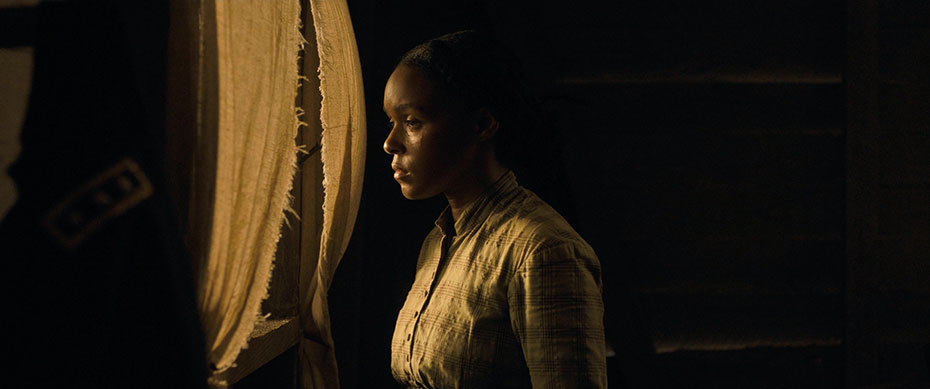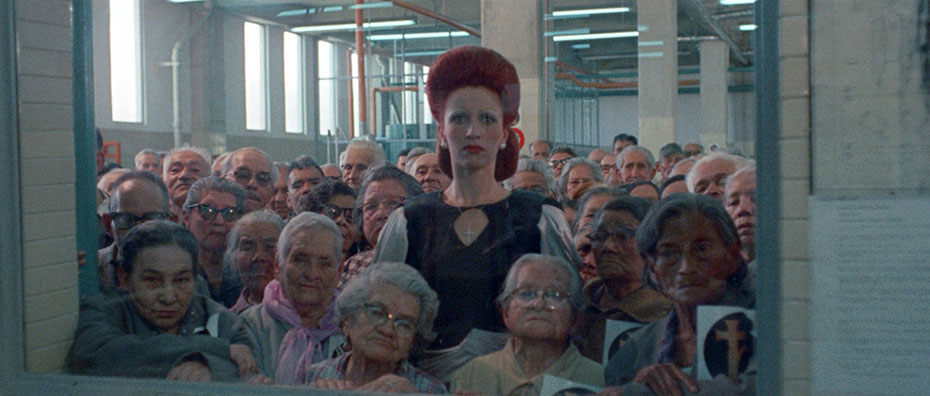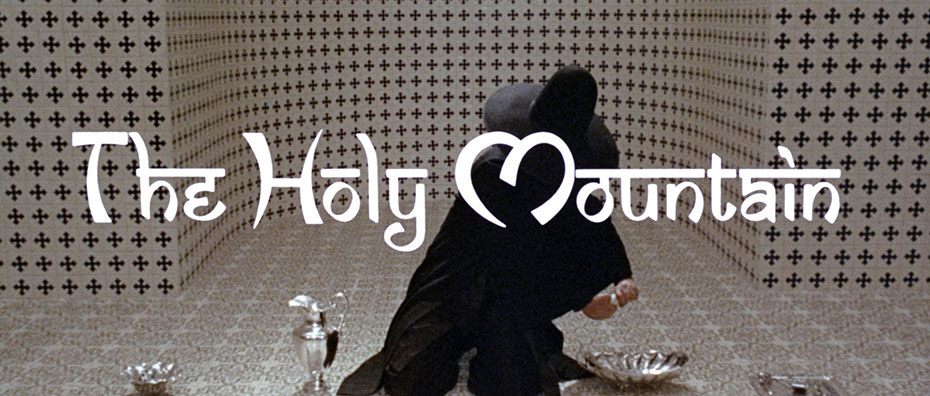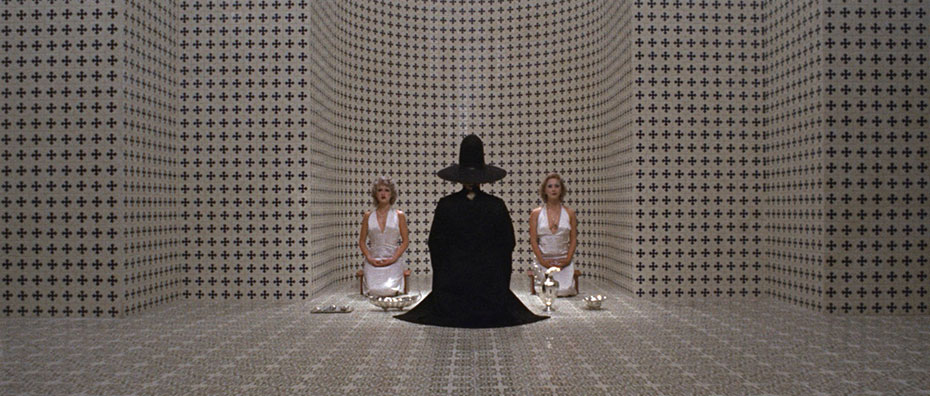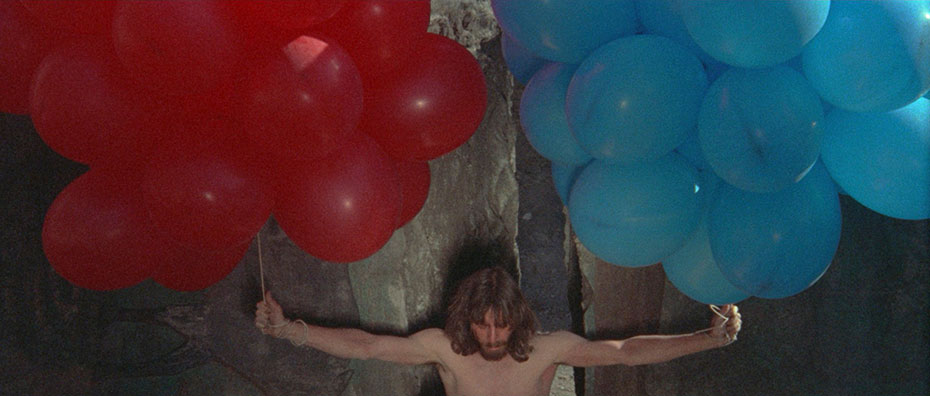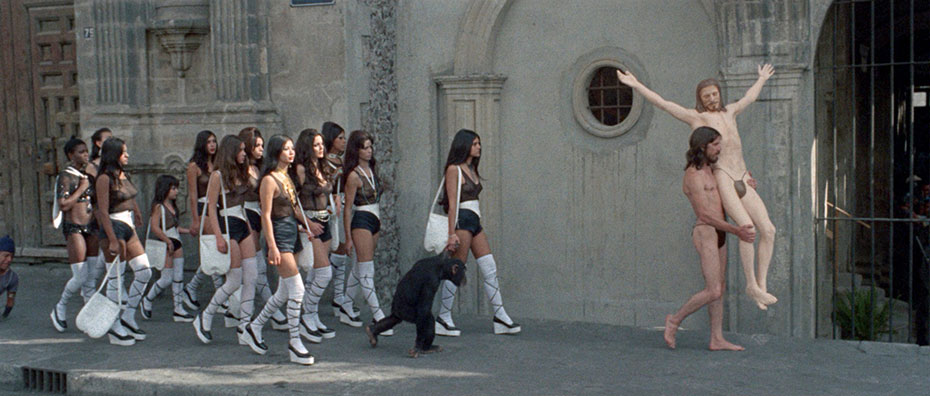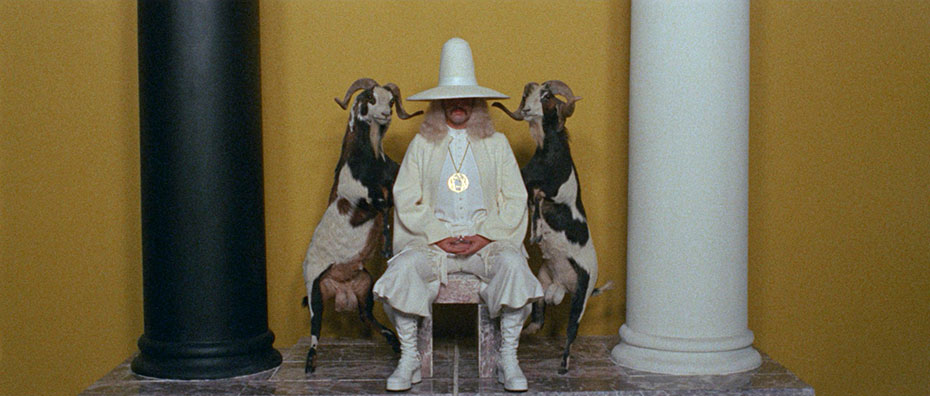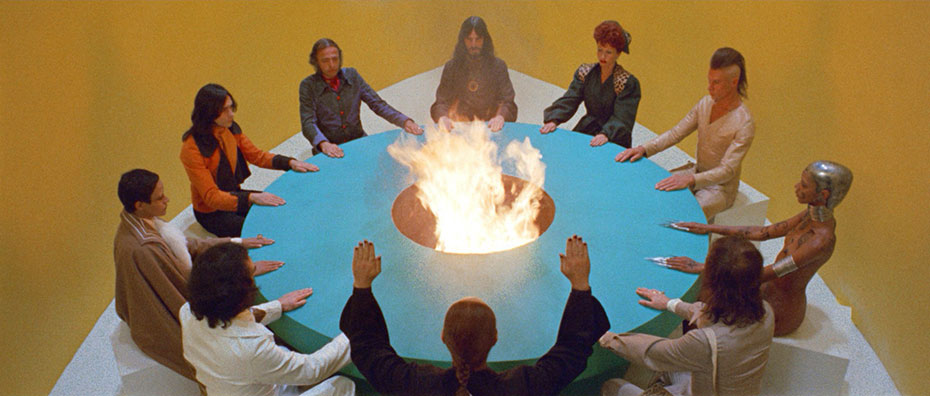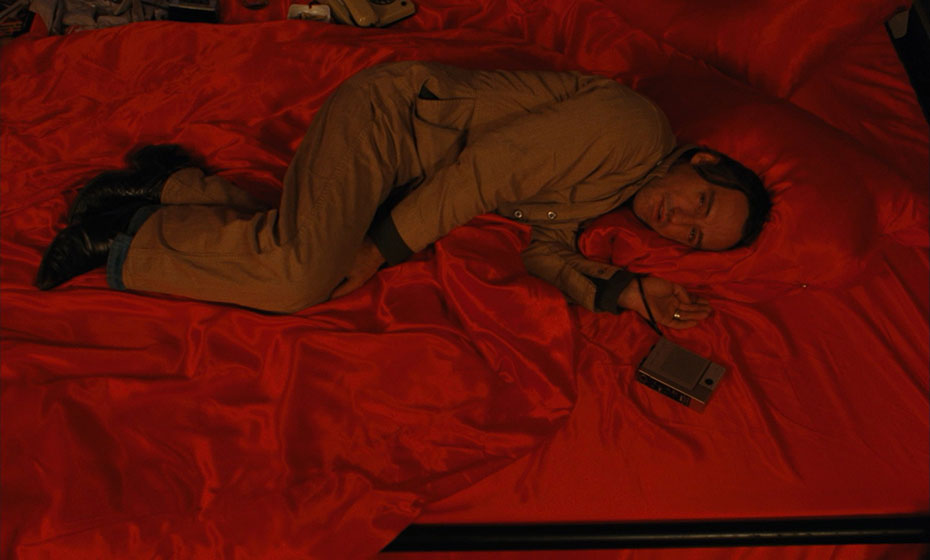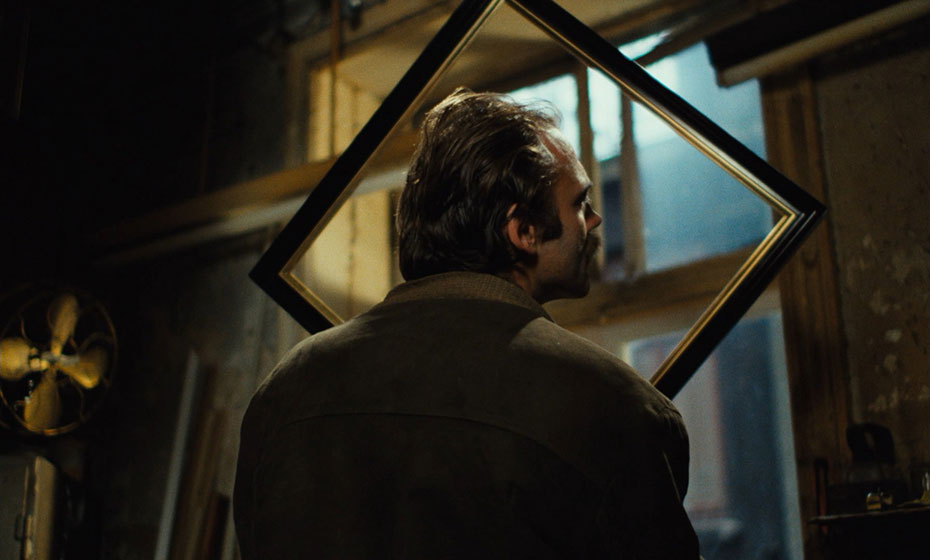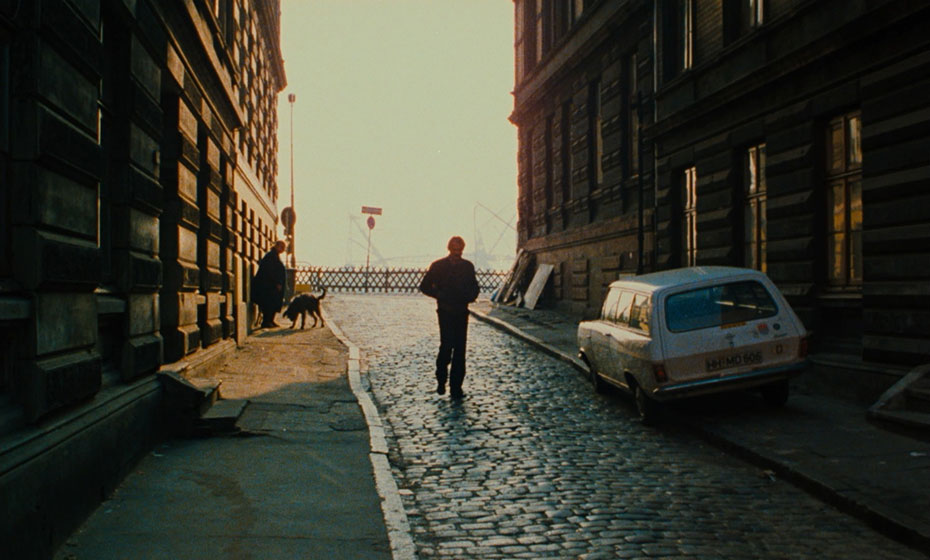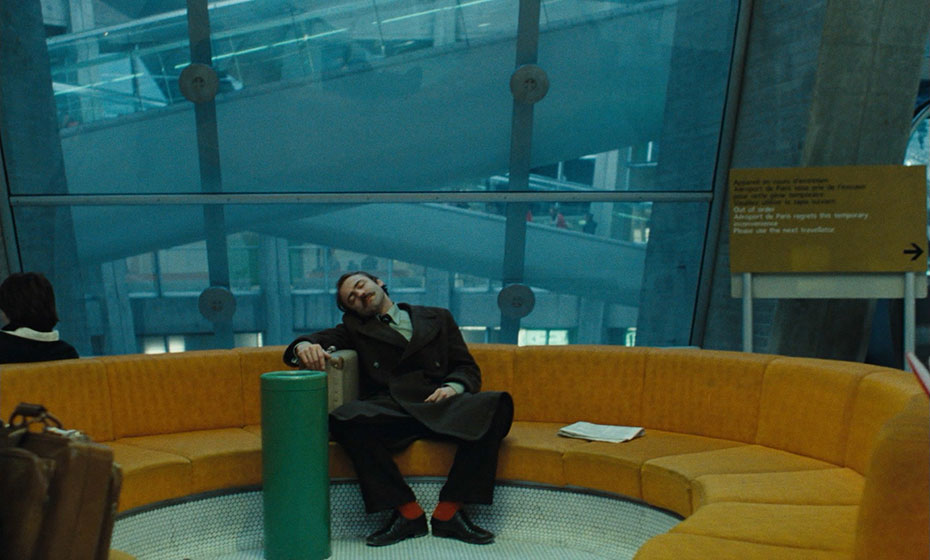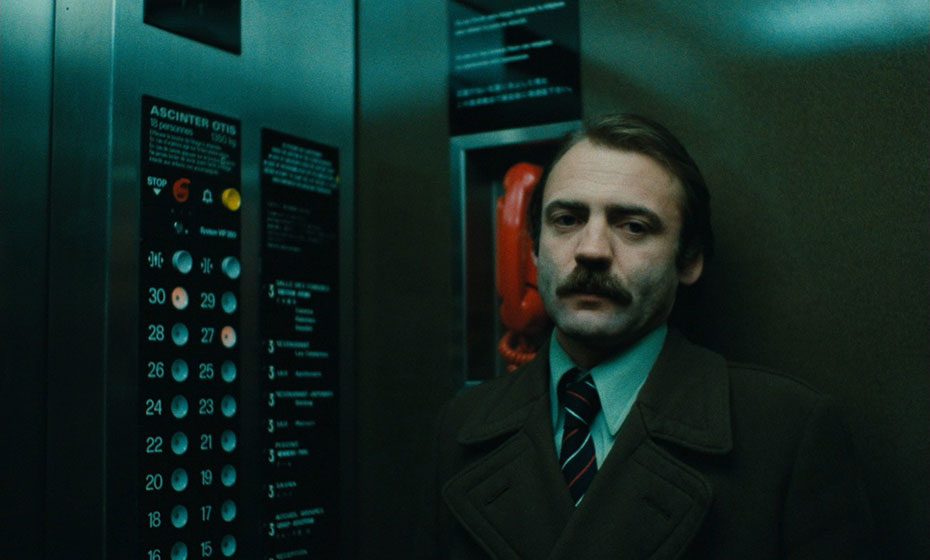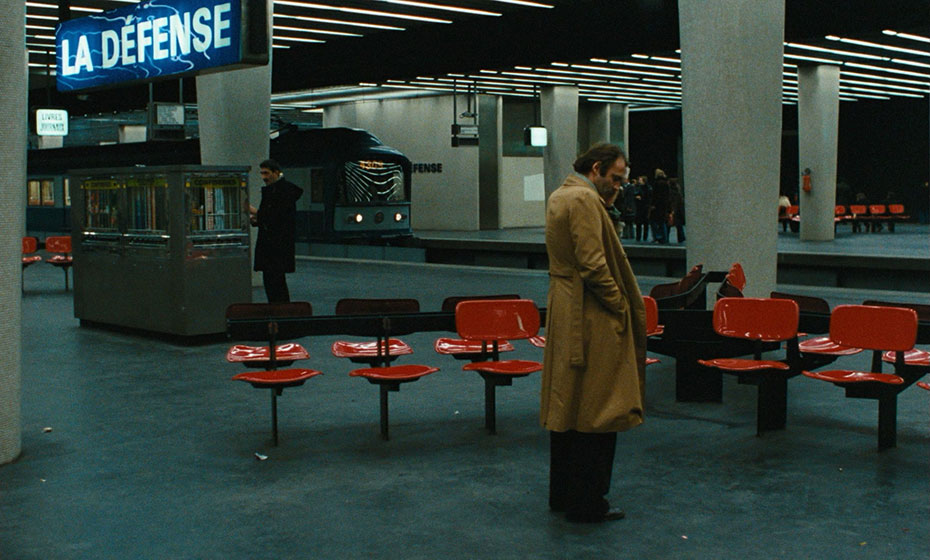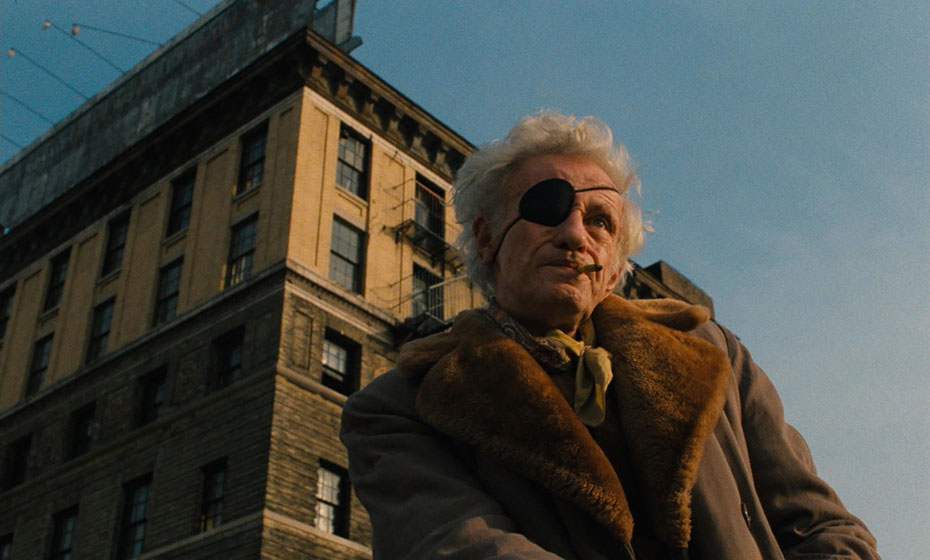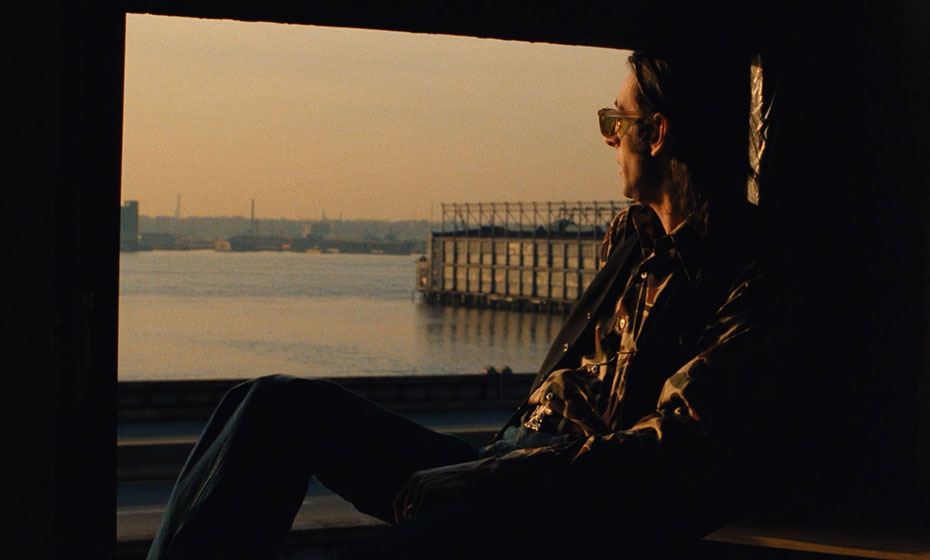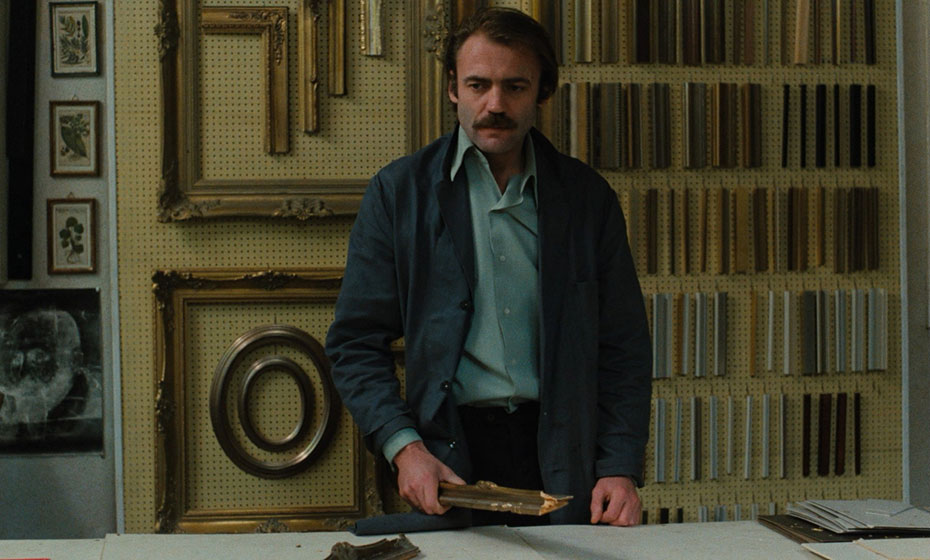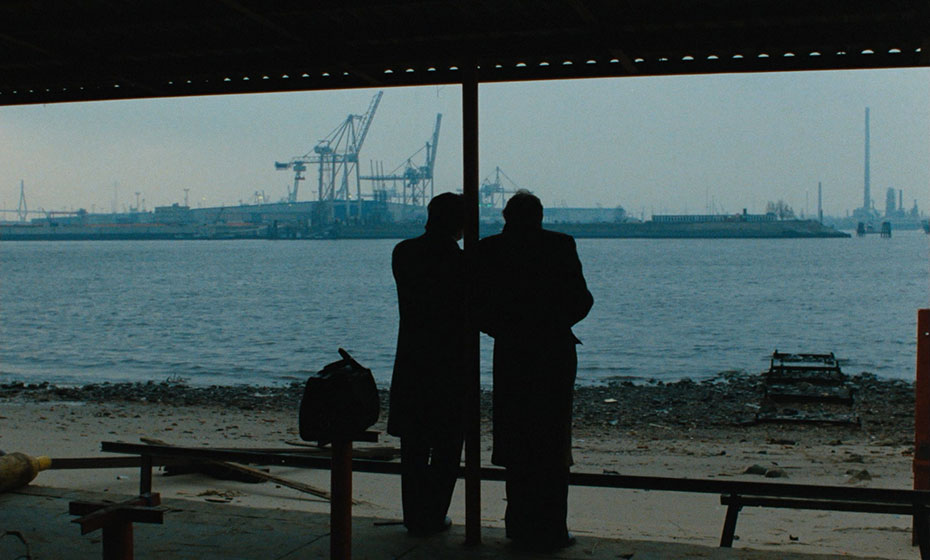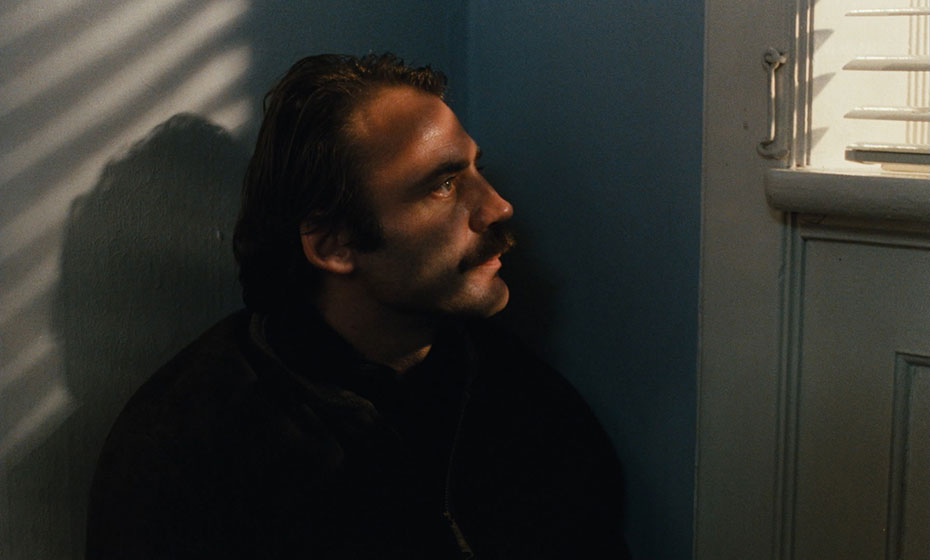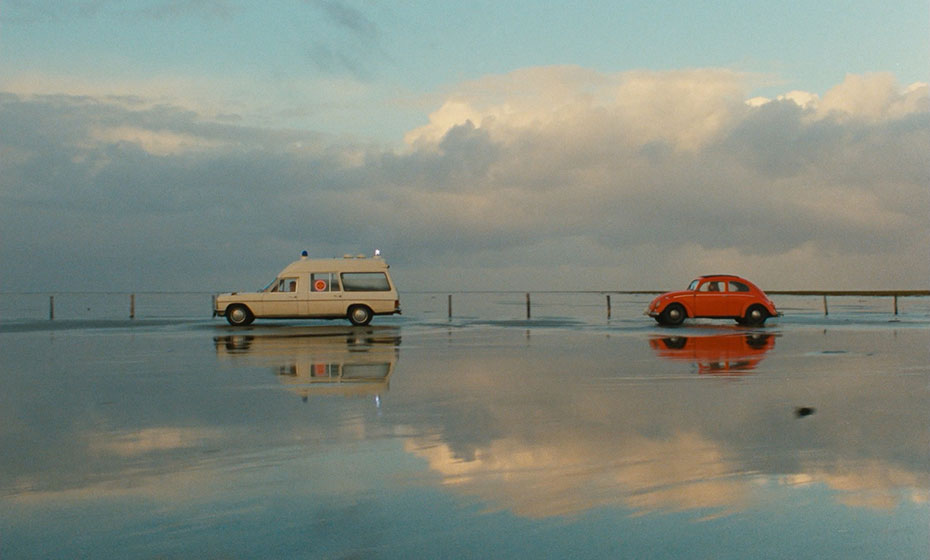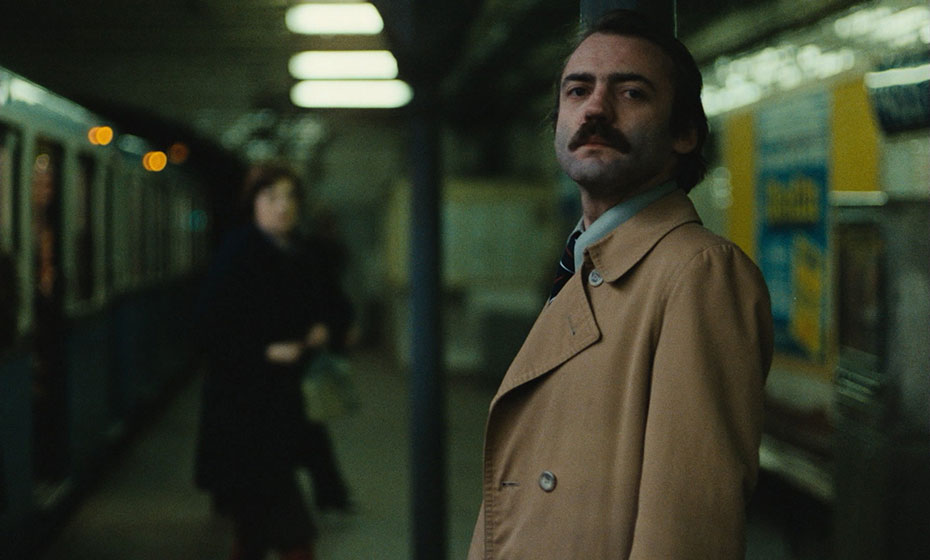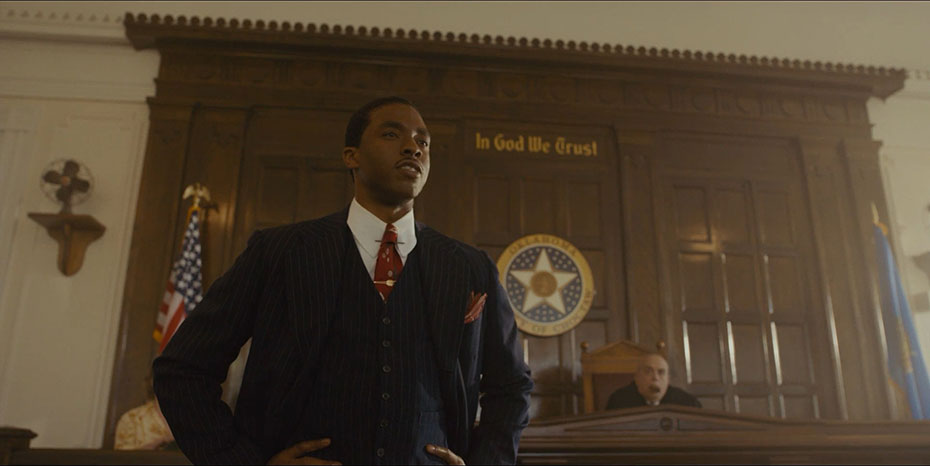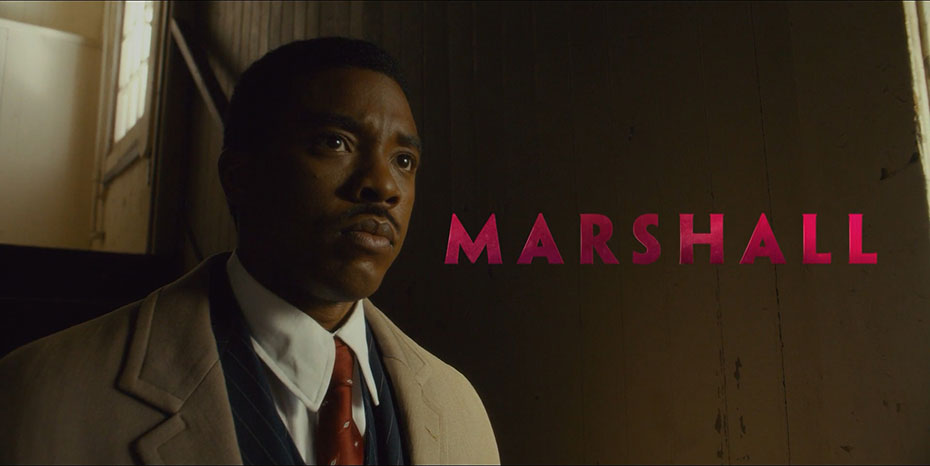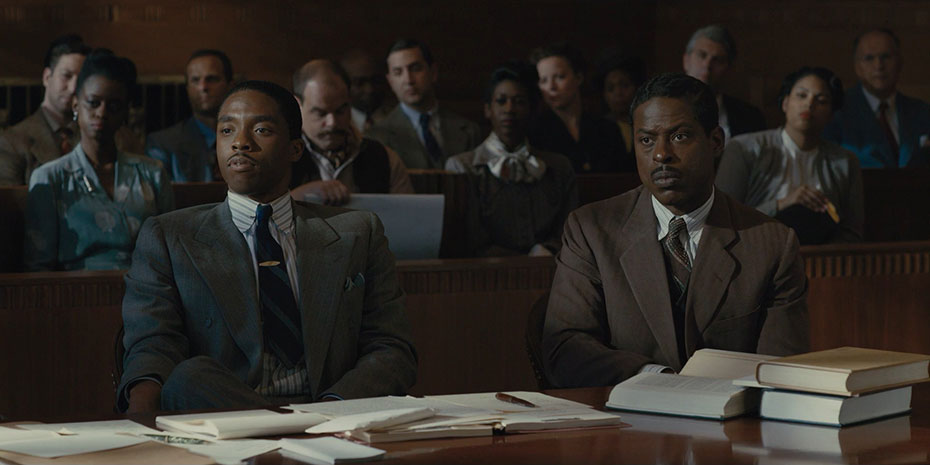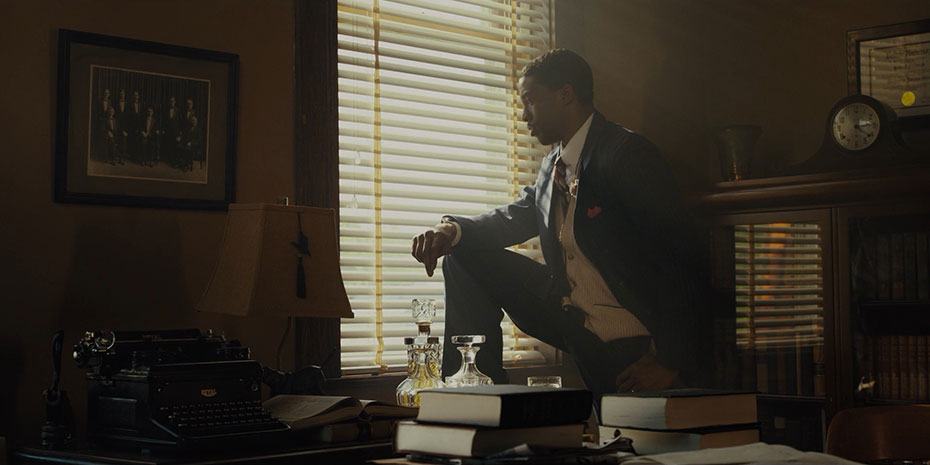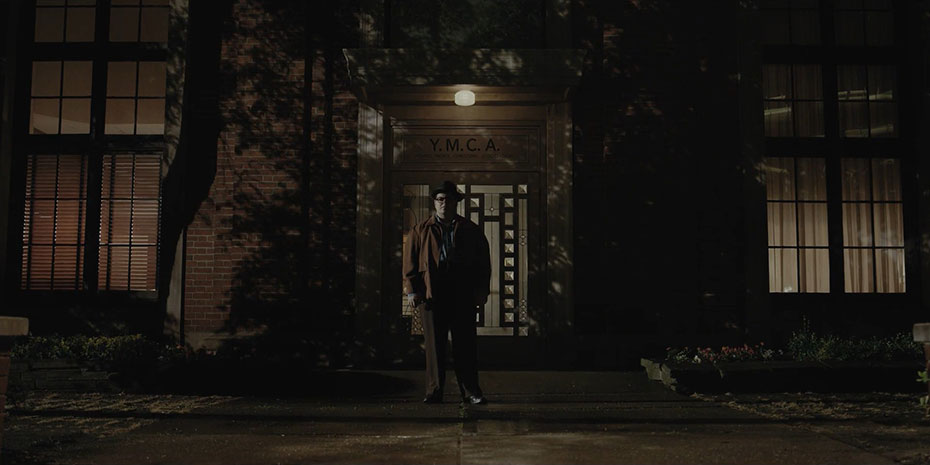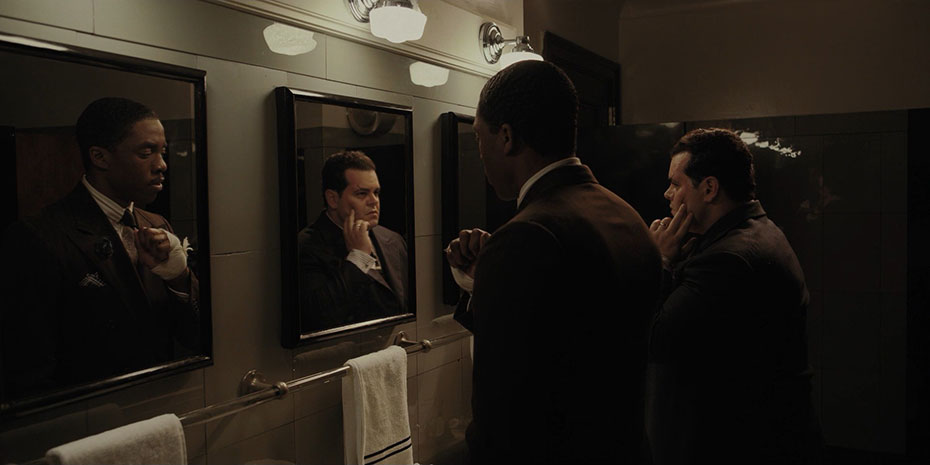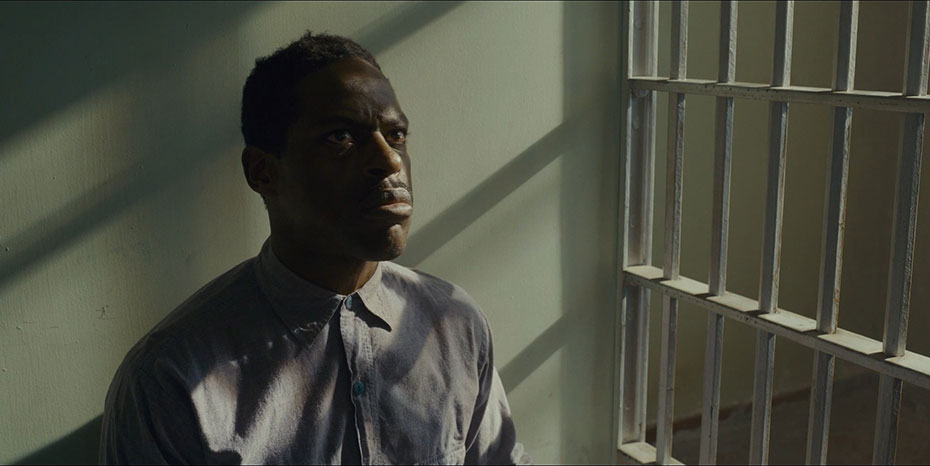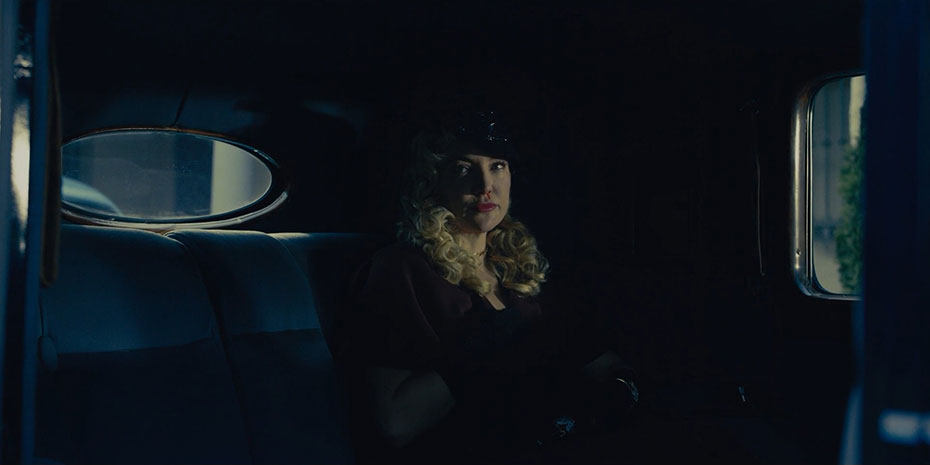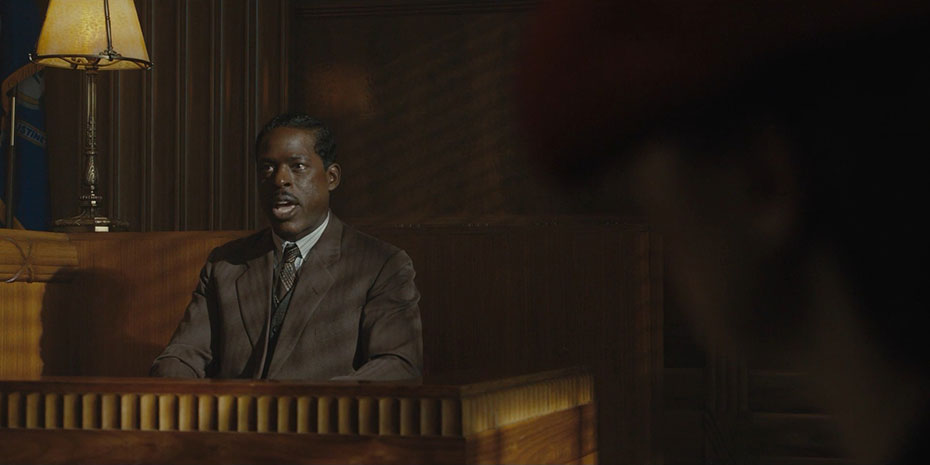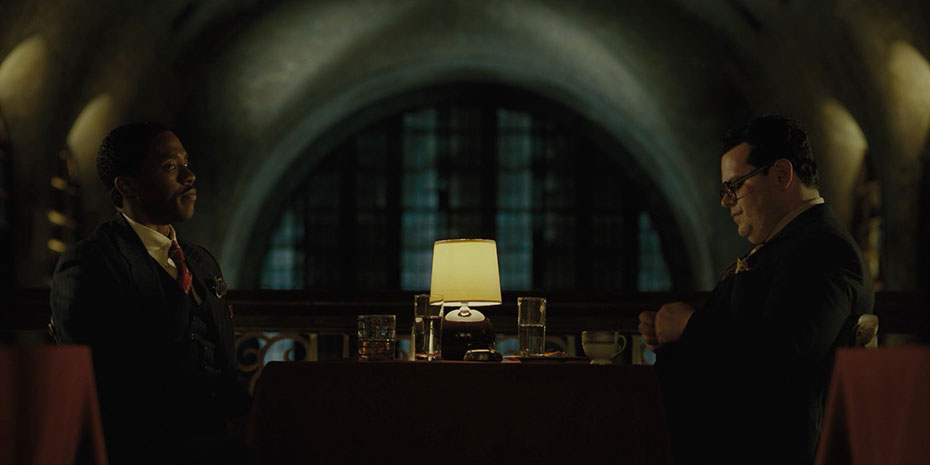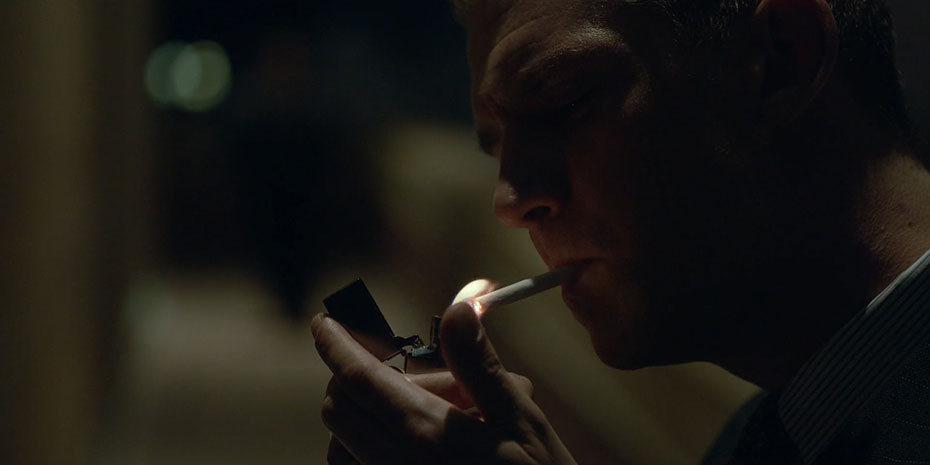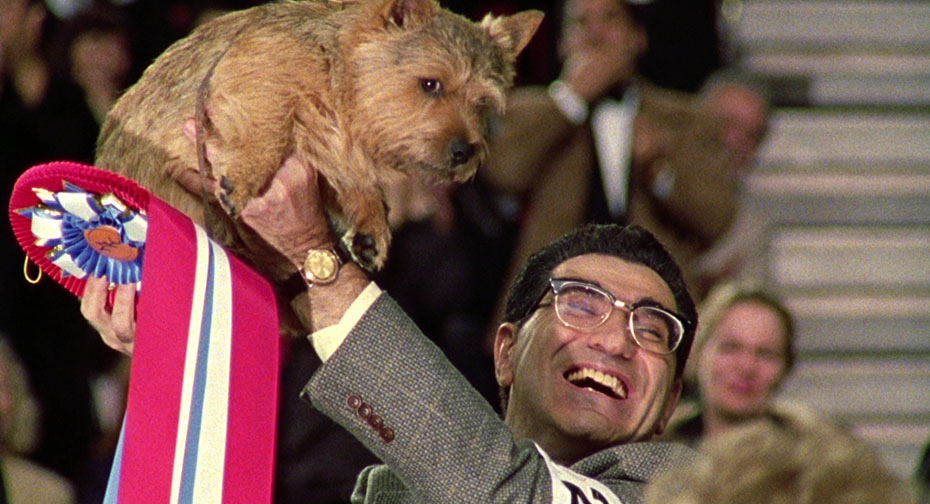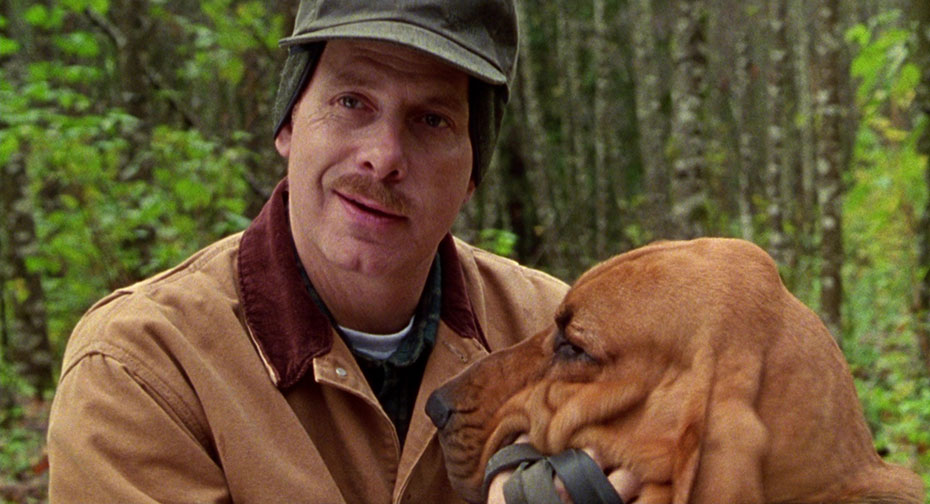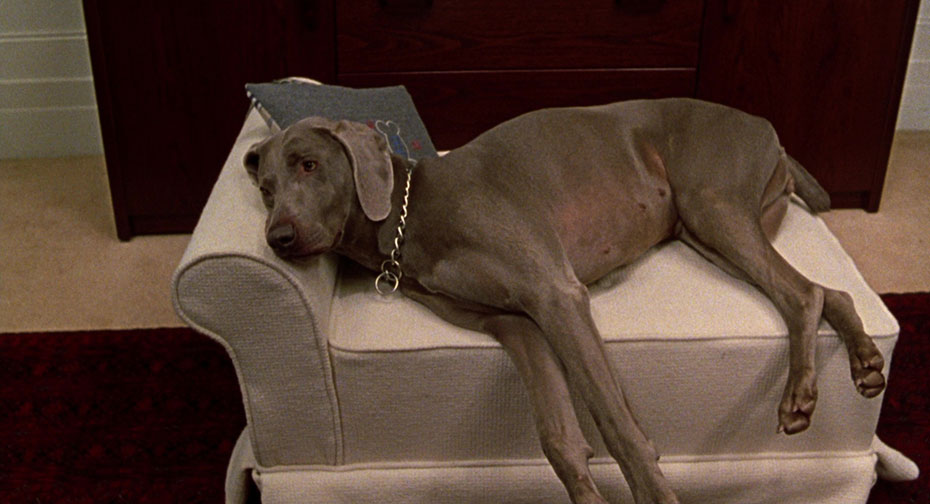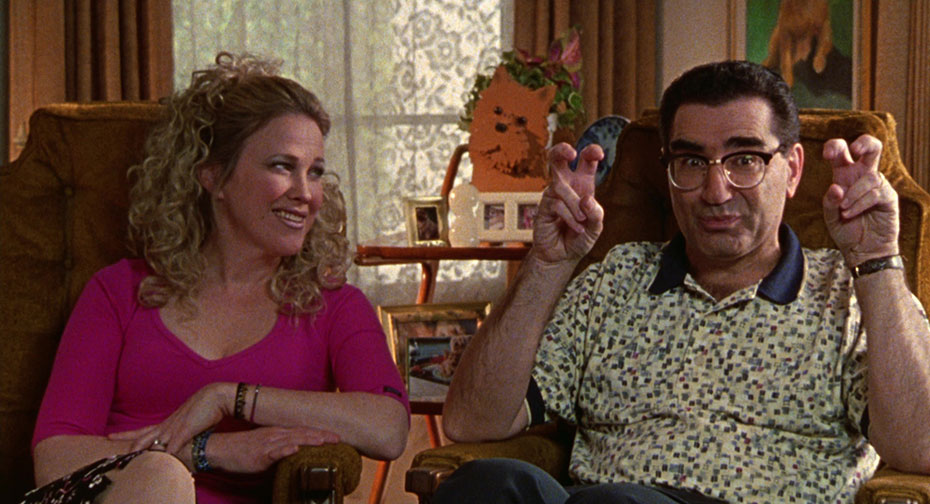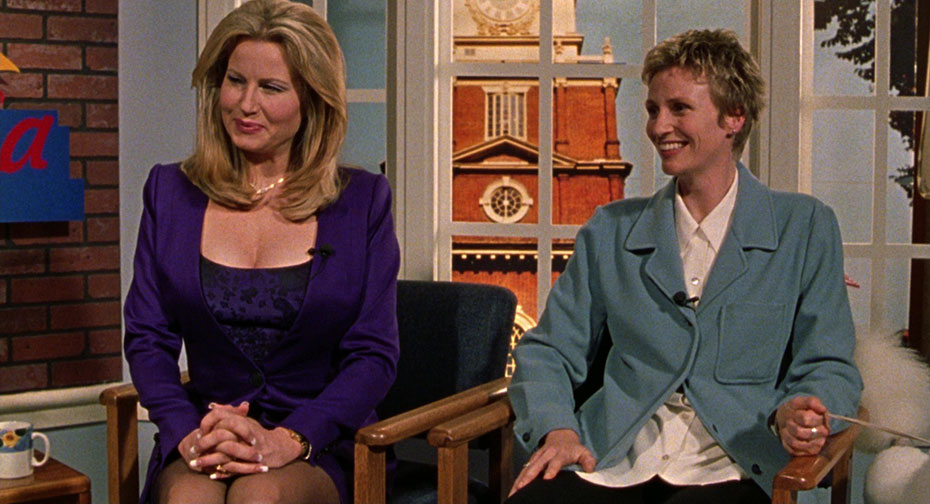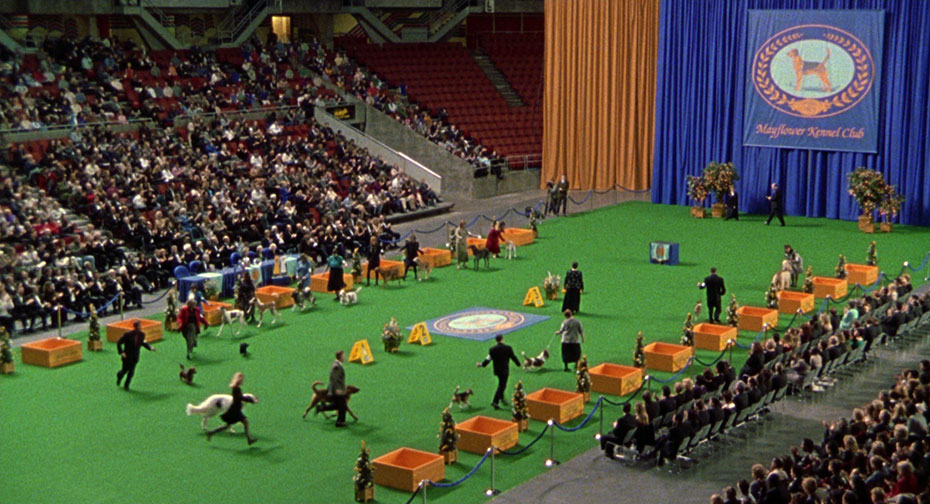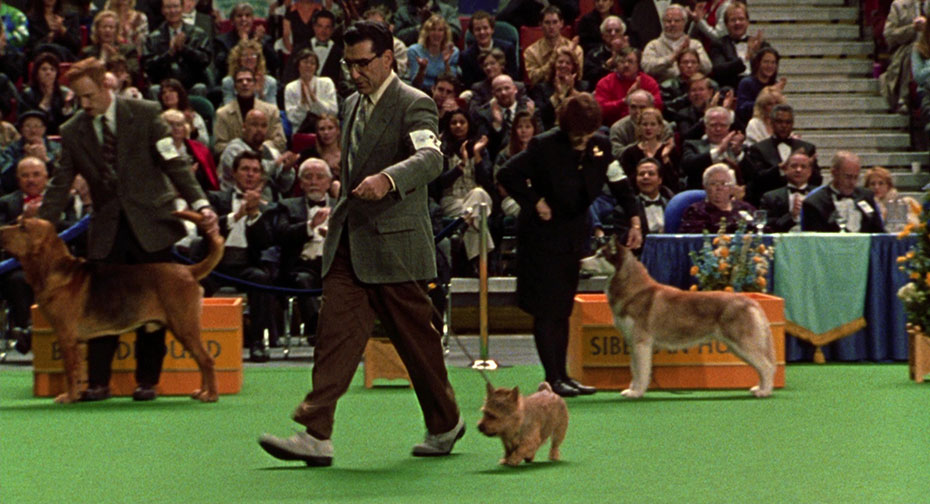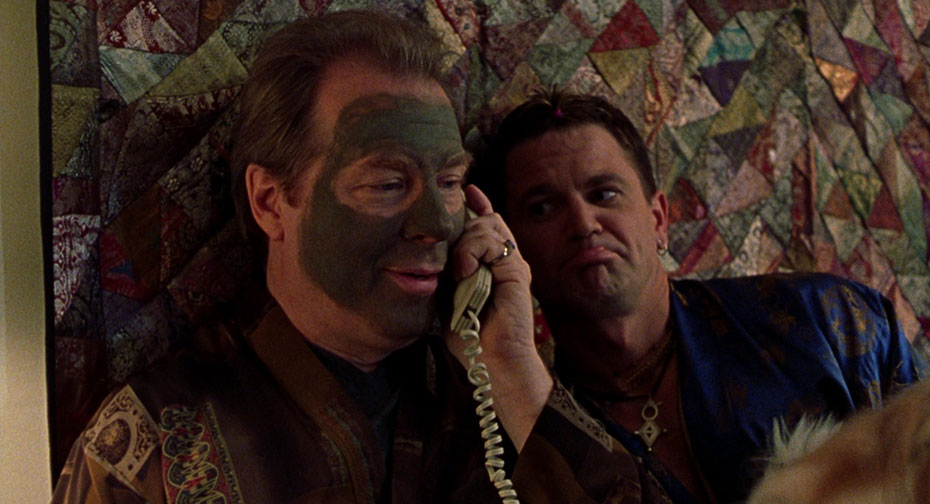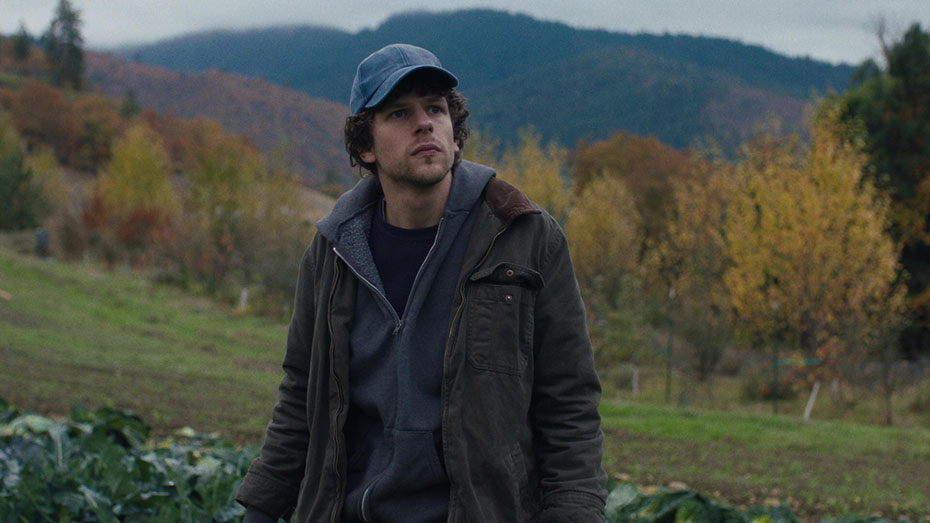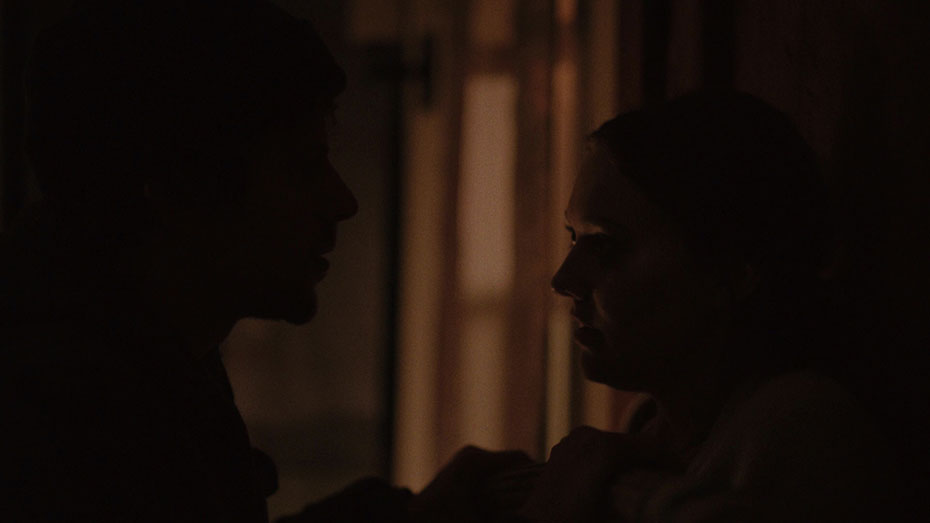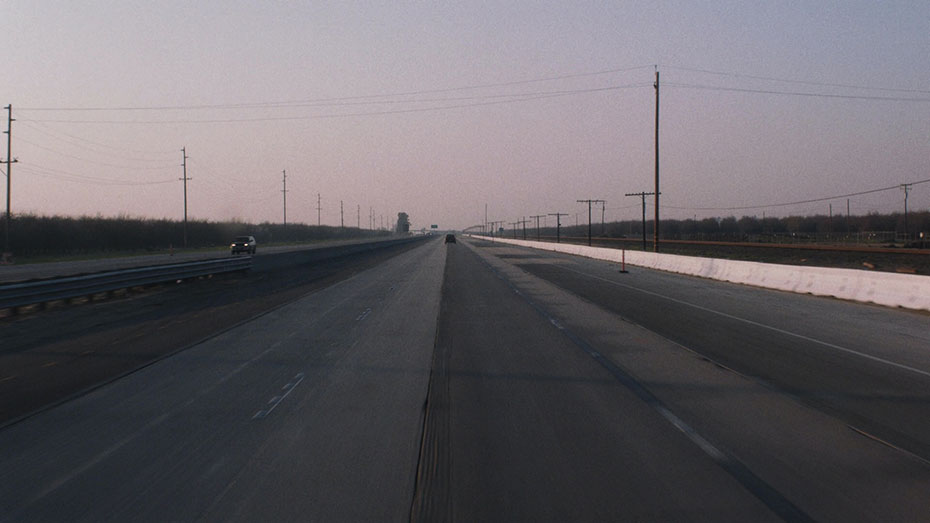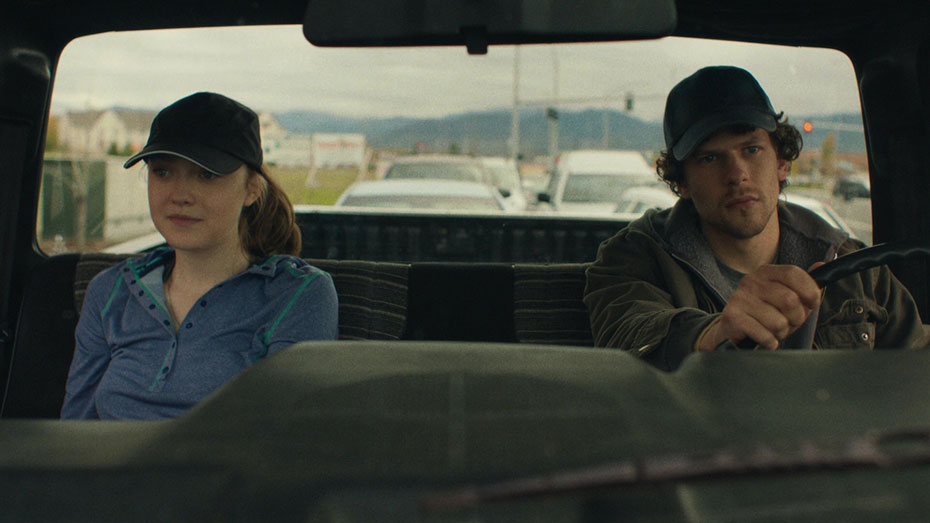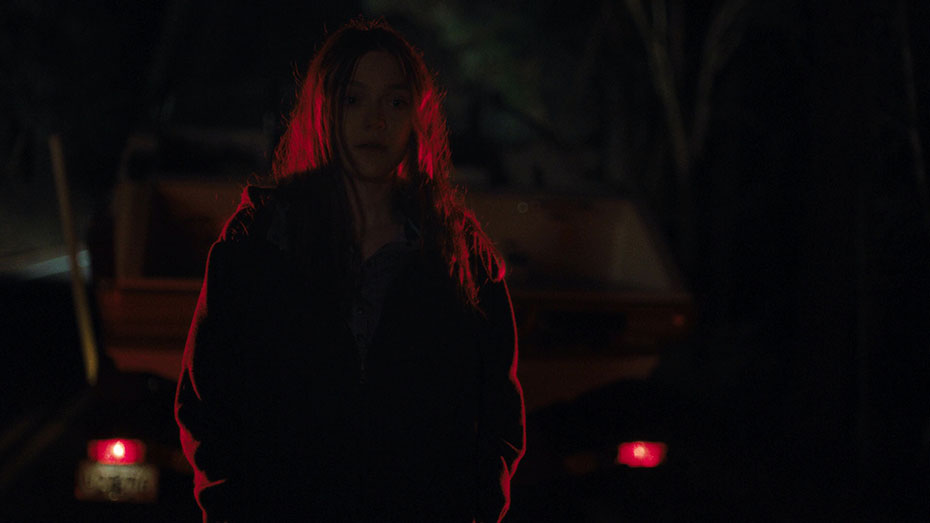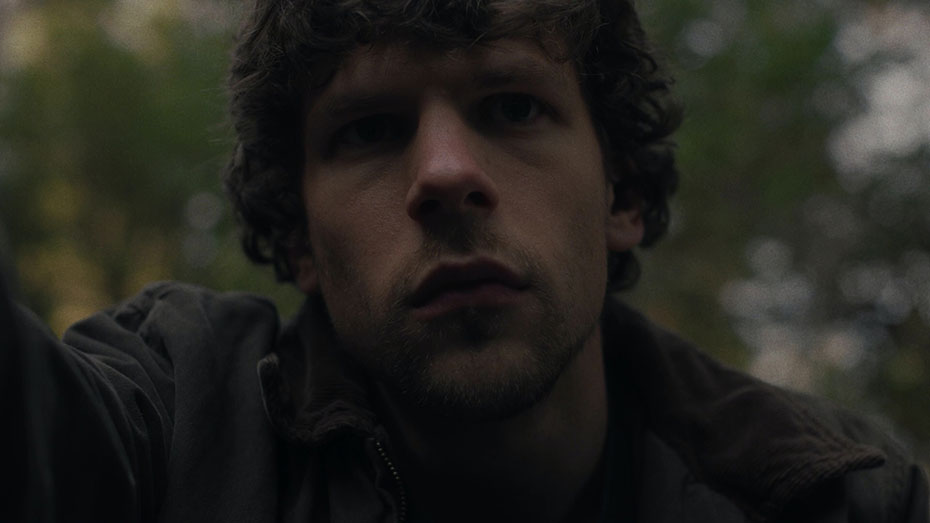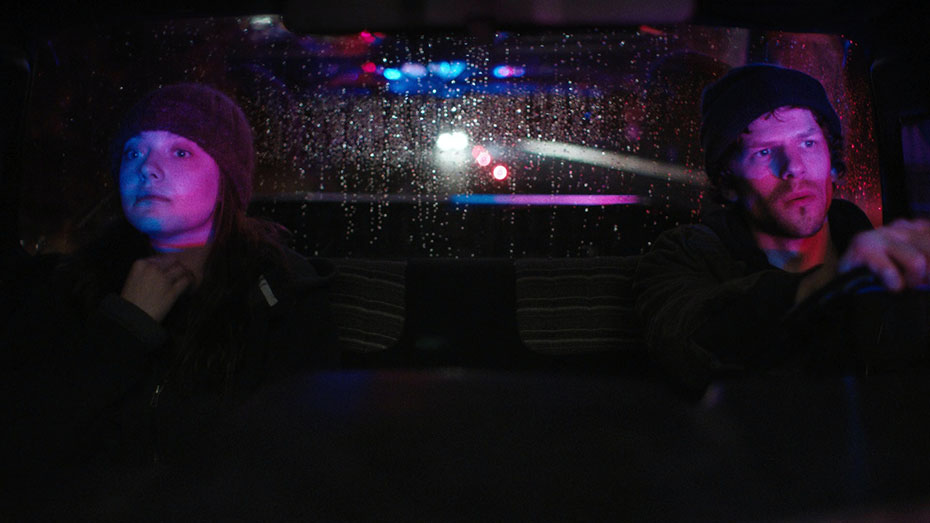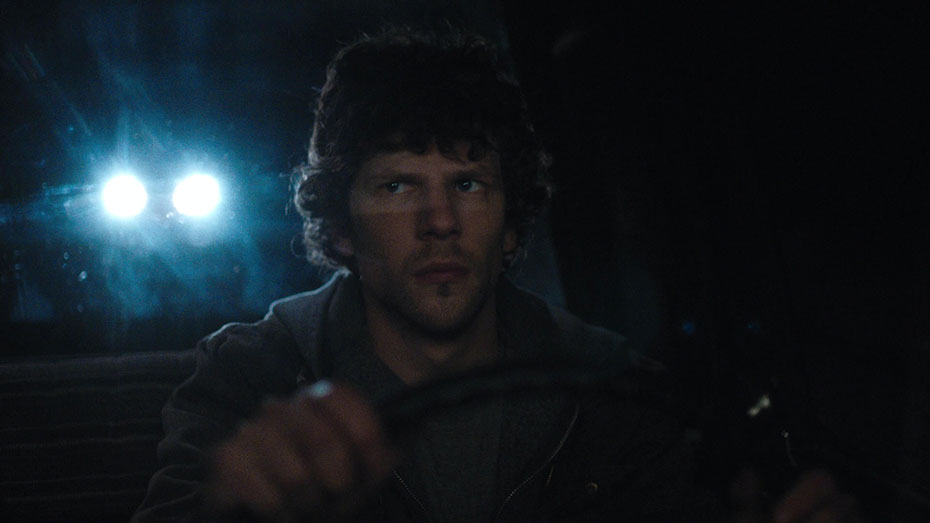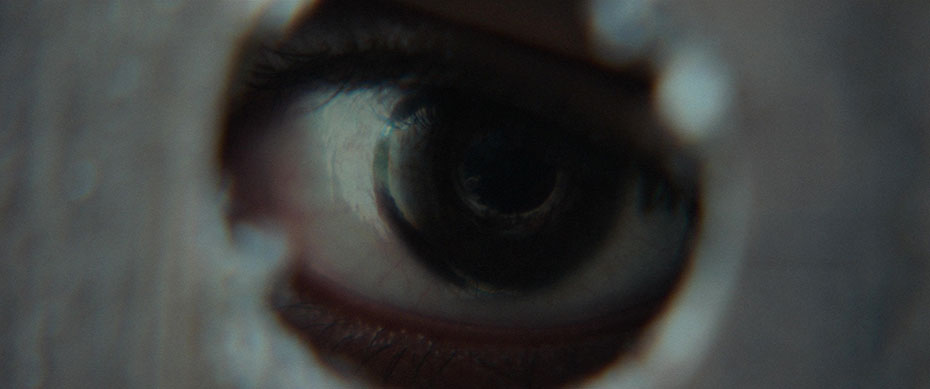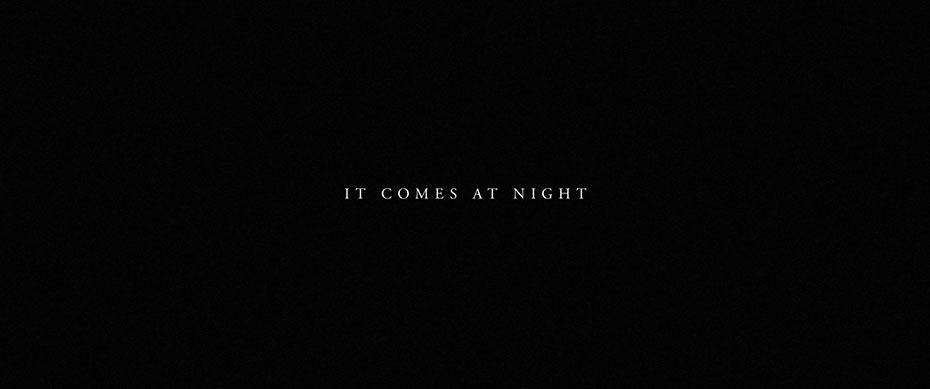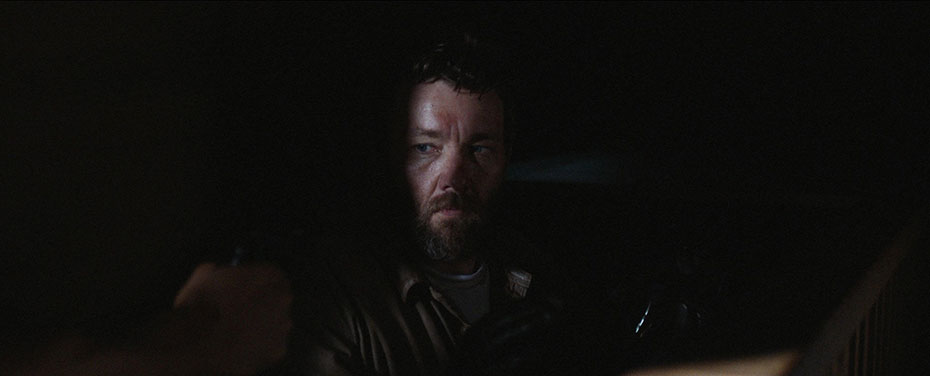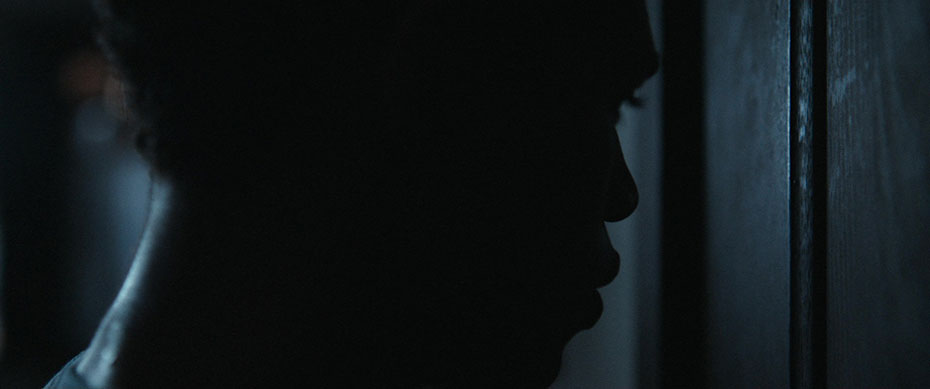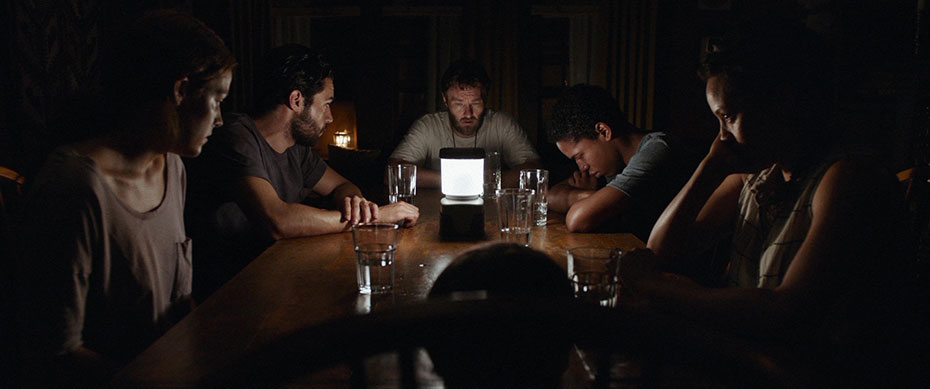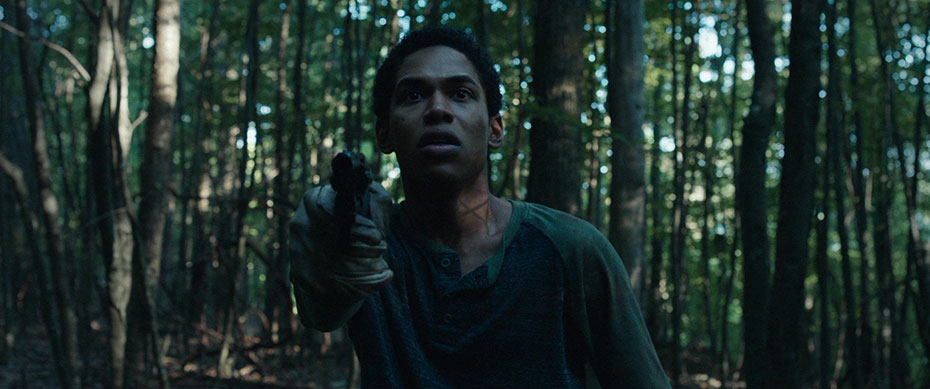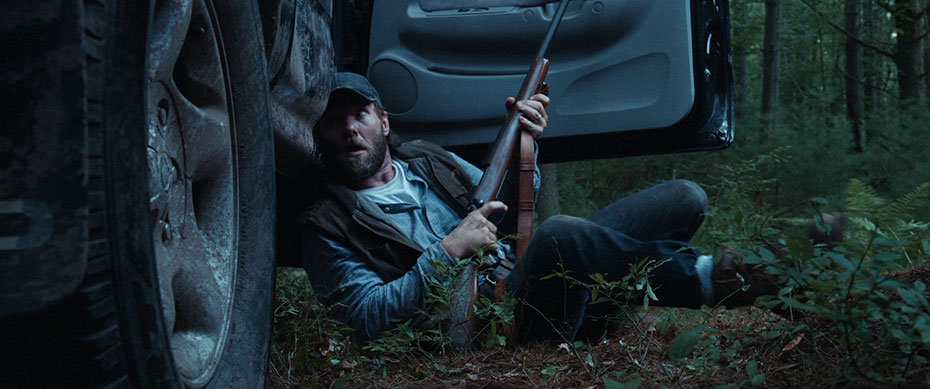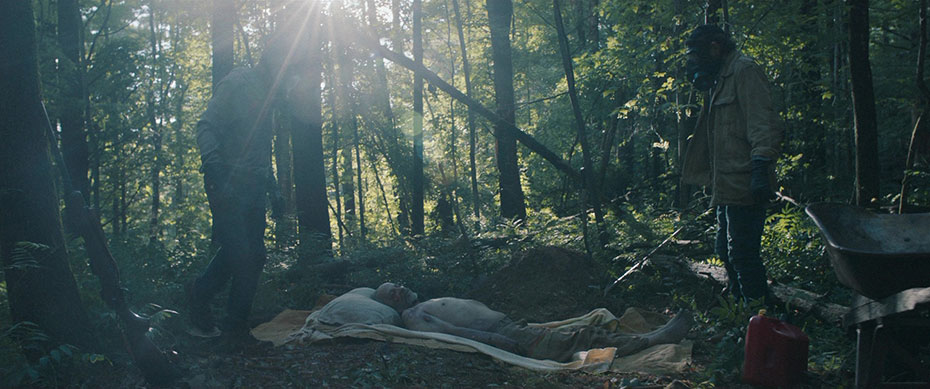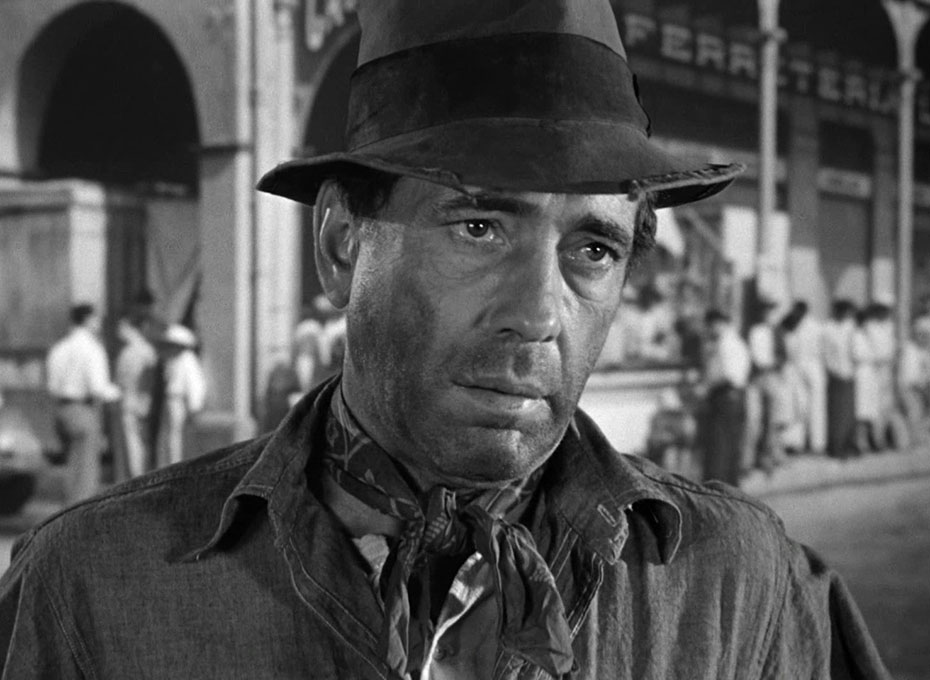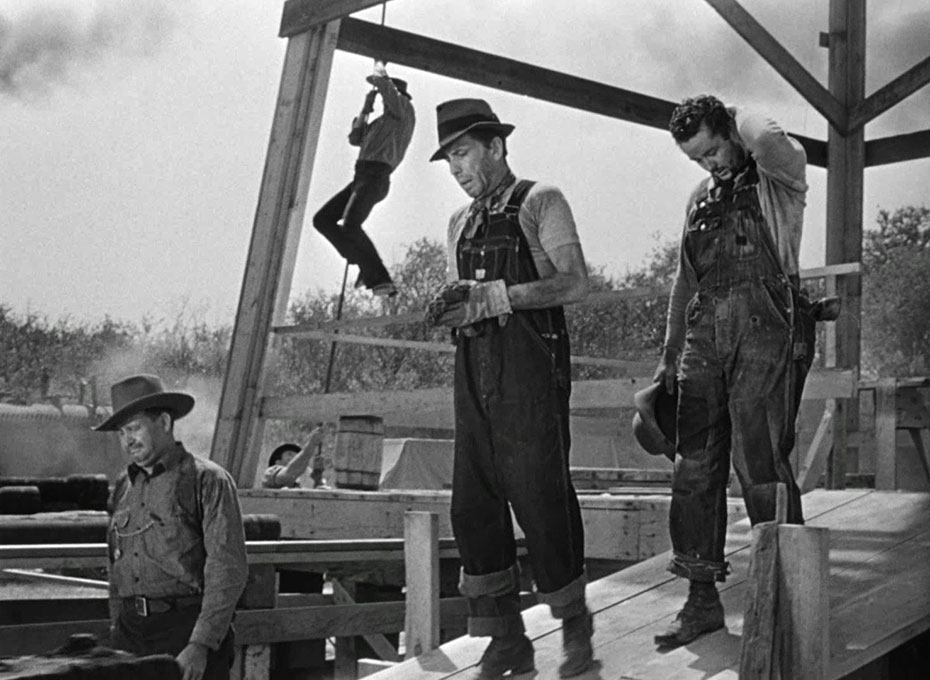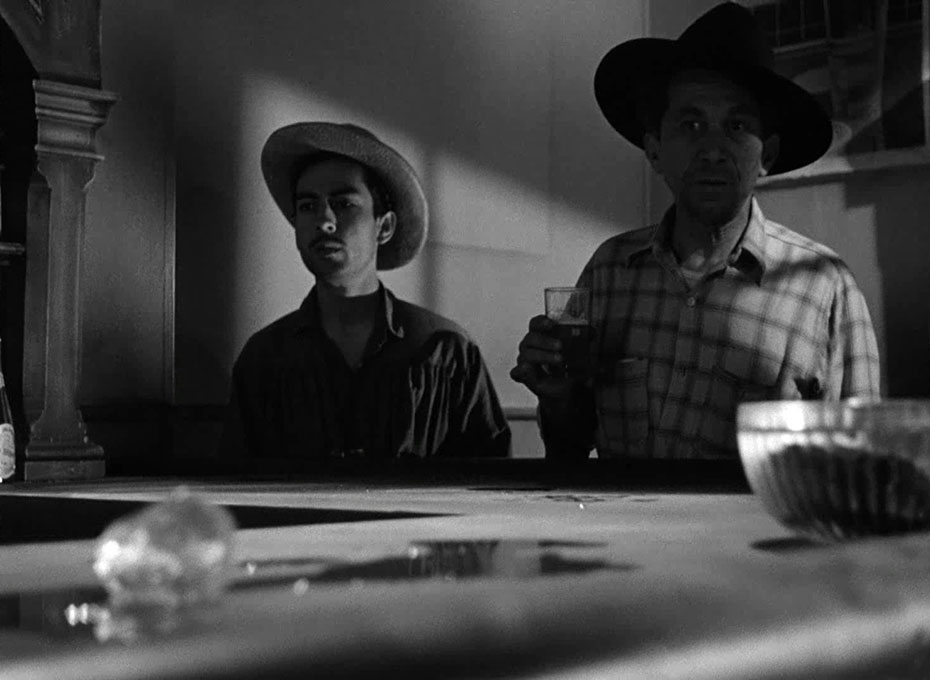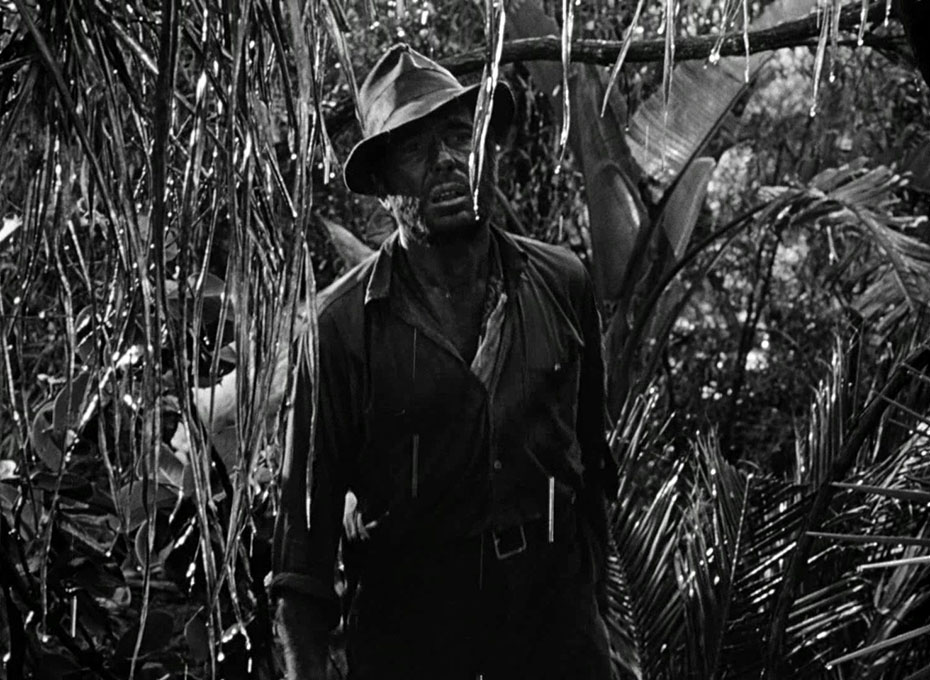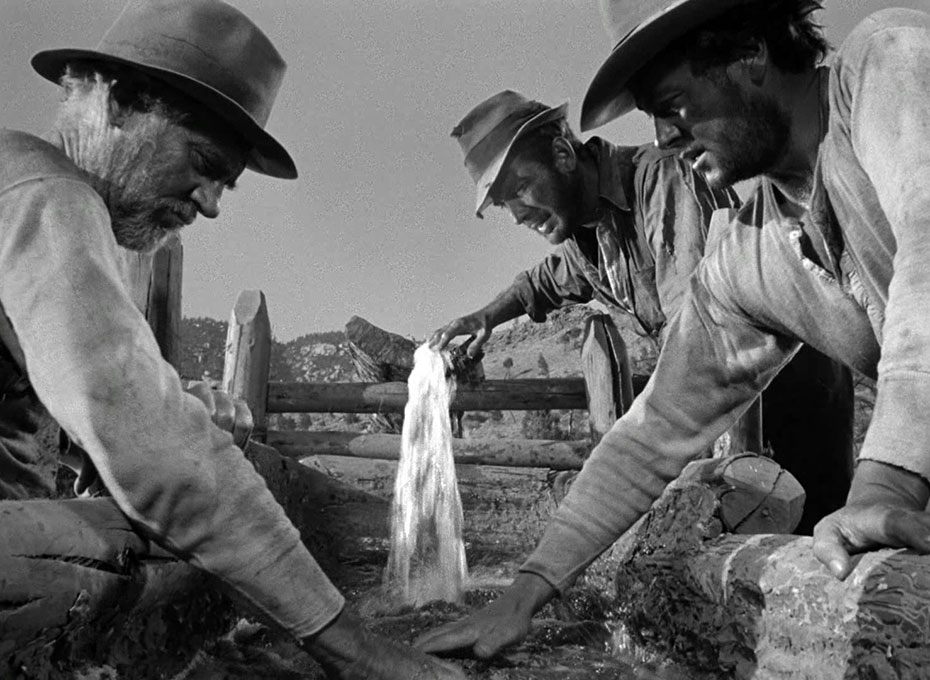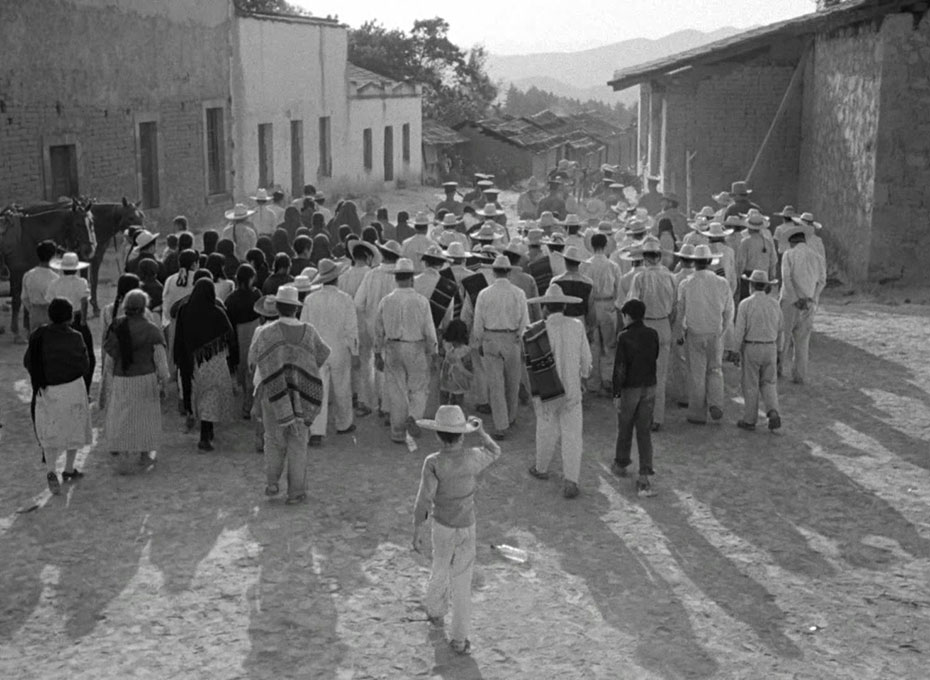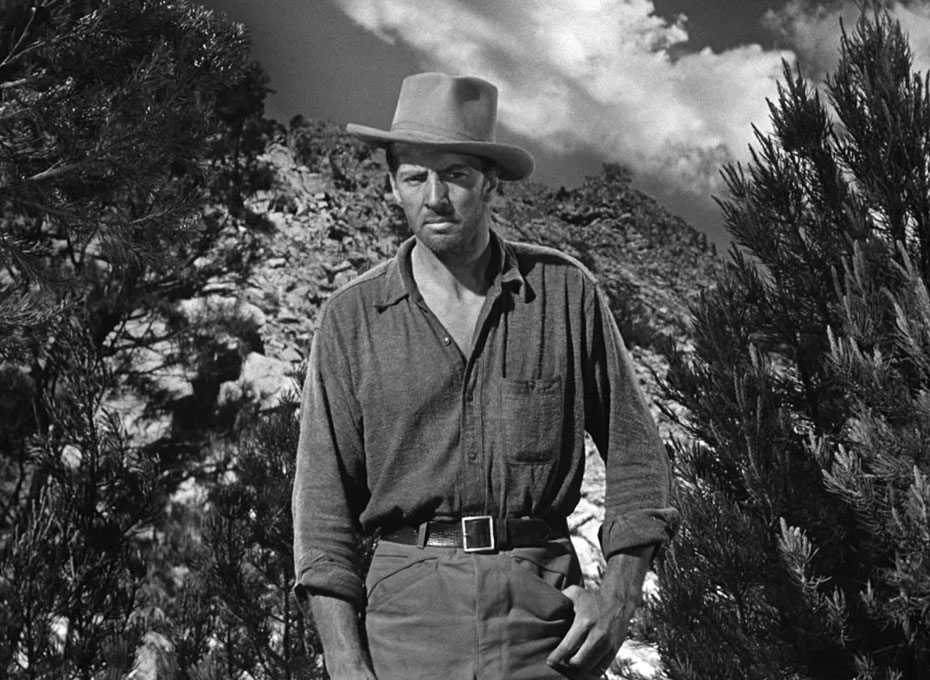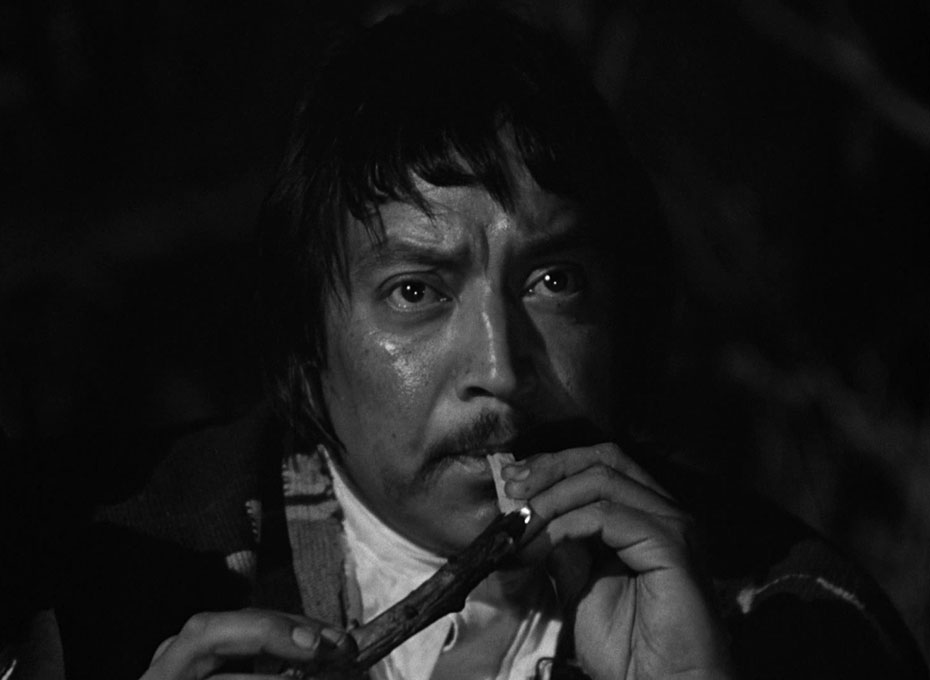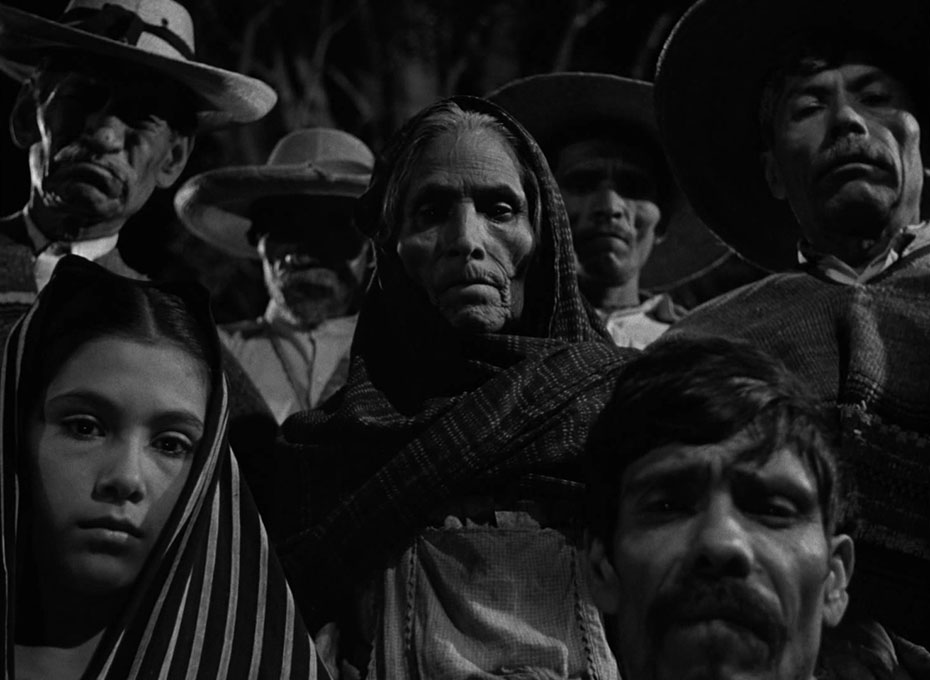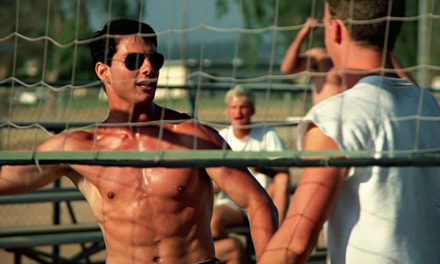THE TUESDAY DROP – 11/09
11.09.21 / New Shots
THE SOUND OF MUSIC (1965)
THE SOUND OF MUSIC is a musical drama set in 1938 starring Julie Andrews as a young Austrian Postulant, sent to a villa to be governess to the seven children of a retired naval officer and widower (Christopher Plummer). She brings love and music to the family and together with the children and their father, who she marries, they find a way to survive the loss of their homeland to the Nazis. It was produced and directed by Robert Wise and shot by Ted D. McCord. It became the number one box office movie after four weeks and the highest grossing film of 1965. It surpassed Gone with the Wind as the highest grossing film of all time, a distinction it held for five years.
Its accolades include five Academy Awards, two Golden Globe Awards, a Directors Guild of America Award, and a Writers Guild of America Award. The film’s shooting extended from six weeks to eleven because of the Salzburg weather, which is famous for its rain. The famous opening scene was shot from a helicopter and had to be perfectly timed, which was a great difficulty for both the crew and Andrews. Cameraman Paul Beeson, who had a fear of heights, dressed only in a jacket and tie hung outside of the helicopter secured only by straps to achieve the stunning shot so no shadows would be cast. The camera operator refused to complete the shot, so Beeson stepped up.
YOU WERE NEVER REALLY HERE (2017)
YOU WERE NEVER REALLY HERE is a psychological triller written and directed by Lynne Ramsay, based on the novella of the same name by Jonathan Ames. It follows Joe (Joaquin Phoenix), a traumatized mercenary and hitman who is hired by a politician to find and rescue his kidnapped daughter from a human trafficking network. Joe is given full freedom to destroy the network by any violent means. The film was shot in 27 days in New York in 2016 in 100 locations. Camera movement was limited to give actors freedom to perform without the distraction of a camera. The shot where Joe washes his hands in the sink had a double reflection that was achieved by a 2nd mirror added by the art department.
Cinematographer Thomas Townend discovered a trick years prior, that if the mirrors were set at just a degree or two over 90 degrees, you could eliminate the reflection of the camera. The shot where Joe gently sets his mother’s broken glasses dripping with blood on the bedside table alongside her hearing aid, is an homage to Moe Green’s assassination in The Godfather and the gunshot muffled with a pillow is a Sergio Leone trope. The underwater scene of Joe and his mother was shot several months after shooting wrapped, and as there wasn’t enough money to build an elaborate set, Ramsay decided to go with a limitless black void with a single shaft of sunlight for the shot.
ANTEBELLUM (2020)
ANTEBELLUM is a horror thriller film about a 21st century African American woman (Janelle Monáe) who mysteriously wakes up in a 19th century Southern slave plantation from which she must escape. The film was written and directed by Gerard Bush and Christopher Renz and shot by Pedro Luque. The film shot in New Orleans and at the Evergreen Plantation in St. John the Baptist Church, with additional locations including the Sheraton New Orleans Hotel and the August restaurant in the Central Business District. Gone with the Wind was used heavily for inspiration for the production’s imagery, which the directors and Luque would storyboard for eight hours a day during pre-production. Bush finds Gone with the Wind to be like a horror film that insults Black people, so they wanted to show slavery as the prism of horror and breathtaking beauty living in the same space. Therefore, he hunted down the lenses used to shoot the 1939 film and rebuilt their cameras to shoot Antebellum with the same lenses. They were “determined to correct the record with the same weaponry that they used to misinform with really effective, beautiful propaganda.”
THE HOLY MOUNTAIN (1973)
THE HOLY MOUNTAIN is a surreal fantasy film about a powerful alchemist (Alejandro Jodorowsky) that leads a messianic character and seven materialistic figures to the Holy Mountain to seek and achieve enlightenment. Jodorowsky directed, produced, wrote, co-scored, starred, and participated as a set and costume designer for the film. It was produced by Beatles manager Allen Klein and shot by Rafael Corkidi. The film was shot sequentially entirely in Mexico and has gone on to become a cult film for its surrealist and symbolism visuals, and influence on pop culture. Wide shots show colorful sets in their entirety so that nothing goes out of frame where it shouldn’t. The scene where the Thief enters the Alchemist’s tower (a rainbow-colored room with the Alchemist at the center with a clear path to him) while holding a dagger is one of the few shots in the film that breaks this use of space and distance. Jowordowsky breaks the fourth wall during the Alchemist’s final speech where he asks “Is this life reality…No, it is a film. Zoom back camera,” and he pushes the camera back into a long shot to reveal a film crew and set.
THE AMERICAN FRIEND (1977)
THE AMERICAN FRIEND is a neo-noir film that tells the story of career criminal Tom Ripley (Dennis Hopper) who coerces terminally ill picture framer Jonathan Zimmermann (Bruno Ganz) into becoming an assassin. Written and directed by Wim Wenders based on Ripley’s Game by Patricia Highsmith. The film was shot by Robby Muller, known perhaps for his fantastical bold use of colors and neon lit interiors actually preferred shooting in black and white. Muller was apparently outraged that some of his footage in the film was color corrected by lab technicians in post. The film’s visuals continuously feature one bright color (the yellow of a rain jacket or the red strips of a scarf) in scenes with desaturated blues and greys. In the film, Muller’s camera dwells on the Hamburg docks where Zimmermann lives with his family to show a country tormented by its past. His visuals show the contrast between the cool uncluttered airports, train stations, and Ripley’s fortress of a home, in comparison the cluttered warmth of Zimmermann’s home and frame shop.
MARSHALL (2017)
The biographical legal drama MARSHALL stars Chadwick Boseman as the first African American Supreme Court Justice, Thurgood Marshall. It centers around one of the first cases of Marshall’s career, the State of Connecticut v. Joseph Bell, where Bell was accused of raping Eleanor Strubing, a wealthy white woman whom he was a chauffeur for. Due to the production budget, shooting on film was not possible, so cinematographer Newton Thomas Sigel looked for a color palette that would bring out the type of look of the 1940’s period. As this was a court room drama where most actors were in suits, a LUT had to be created to give the film a dated look that notably added a hint of blue to the shadows. A large portion of the film was shot on location in a real courtroom with large windows that were 80 feet in the air.
Siegel had two lifts with 18Ks that created most of the lighting from outside, with very little light being used inside the courtroom. Each lift had a truss with two LRX’s (HMI lights) that could be panned and tilted remotely. Although the trial mostly took place in daylight, a passage of time was created with a variety of looks; from a strong Venetian-blind contrast, to soft diffused daylight. For lighting the skin tones of the different actors, Siegel shared putting a light skinned actor against a dark wall or having them in a dark wardrobe gets the job half done. But when lighting for a darker skin tone, different solutions must be used such as reflective qualities to the skin or harder edges to create separation. The film was shot using an Alexa 65 package with Vintage and Prime 65 lenses.
BEST IN SHOW (2000)
BEST IN SHOW is a mockumentary comedy spoof on American dog shows. It follows five competitors in a prestigious dog show and focuses on the interactions among the dog owners as they travel to and compete in the show. The film’s director Christopher Guest co-wrote the script with Eugene Levy, but much of the dialogue used in the film was improvised. The narrative outline was only 15 pages long, and it was only meant to give the actors a solid blueprint on how to get from Point A to Point B, but the in-between was left up to the actors. The film was mostly shot with handheld cameras on 16mm and then blown up to 35mm for projection in theaters. When most of the dialogue is improvised, the camera must capture it all. But Guest shared that since the cameraman could walk around with the camera, they shot on 10 minute rolls on Super 16. When the mag would run out, Guest would say “Cut,” and Fred Willard would say, “I’m not finished!”, making the crew explode in laughter, because he wasn’t finished. No real dog show allowed the production to film there, so a dog show had to be created on a set for shooting.
NIGHT MOVES (2014)
NIGHT MOVES is a drama thriller film starring Jesse Eisenberg, Dakota Fanning, and Peter Sarsgaard as three radical environmentalists who plot to blow up a dam. Kelly Reichardt directed the film and co-wrote the script with Jonathan Raymond, while the film was shot by Christopher Blauvelt. Much of the characterization in the film is revealed through observation instead of dialogue. Blauvelt found that the difficulty with that was trying to show things with subtlety and avoiding the hand-fed shooting styles of contemporary cinema used in many mainstream films today. Much of the environmentalists’ plans unfold in longshots with unaware bystanders appearing in the foreground as the event nears.
After they partially blow up the dam with homemade explosives, the three characters are framed in a static three shot inside their vehicle. The shot helps the viewer analyze their faces for traces of anxiety or triumph, but their stony silence appears as the gateway to the tortured soul. The car’s rear window behind them is obstructed by a piece of tarp, so even though the sound design and the bobbing of their bodies indicates they are on the road, there is not a clear indication of progress forward. The film competed at the Venice International Film Festival, the Toronto International Film Festival, and the Deauville American Film Festival where it won the Grand Prix.
IT COMES AT NIGHT (2017)
Psychological horror film IT COMES AT NIGHT focuses on a family hiding in a forest as Earth is taken over by a highly contagious disease. Writer-Director Trey Edwards Shults began writing the film after his father’s death to cope with the grief. The film was inspired by the 1562 oil painting “The Triumph of Death”, and the films Night of the Living Dead and The Shining. For lighting the house where the family takes refuge, cinematographer Drew Daniels said they tried to light mostly with practicals and lanterns, and that Shults would ask for the motivation behind any movie light working on set. A hardship for some actors was concentrating on their performance while simultaneously lighting the scene, because they might be holding the only light source. Much of the camera crew’s time was spent opening tiny cracks in the boarded windows to shape the light.
LEDs used on set were dimmed to about five percent and HMIs sat three feet outside of windows to push light at different angles. The film was shot on an Arri Alexa XT with Panavision Primo lenses for most of the spherical work. Ultra Speed MKII lenses and Standard Primes were used to get a hazy, washed out look with bloomy highlights. The blacks in the film had a film-like grain that was created by pushing lighting boundaries. Daniels shared that a lot of the shooting was at 1280 ISO, wide open, and underexposed, but that digital grain was also added for continuity. The shot of Travis (Kelvin Harrison Jr.) in the attic was one that Daniels said they had to get as soon as they first saw the attic. It was shot on their widest lens using only the lighting coming in through the window.
THE TREASURE OF THE SIERRA MADRE is a Western written and directed by John Huston, adapted from B. Traven’s 1927 novel of the same name. It follows two downtrodden men (Humphrey Bogart and Tim Holt) who join forces with an old, grizzled prospector (Walter Huston) in searching for gold in Mexico. It is notable for being one of the first Hollywood films to be shot on location outside of the United States. There were multiple scenes where Walter Huston had to speak fluent spanish, which he in fact didn’t. Huston hired a Mexican actor to record the lines and then Walter Huston memorized the pronunciation to the point people thought he had native Spanish fluency. The film had to be altered from the novel to meet the Hays Code regulations, such as its famous quoted line, “… We don’t need no badges! I don’t have to show you any stinkin’ badges!”, and the depiction of the death of character Dobbs (Bogart).
The film’s visual style started off employing wide lenses and bright daylight, but as the film progresses it becomes visually darker; literally and figuratively. As more night scenes appear, fire is used as the main lighting and shadows constrict the frame. The background becomes blurred with the edges of the frame becoming warped. The film’s narrow 1:33:1 frame is filled with close ups of the character’s faces glistening with sweat and glowing eyes. The visual of the film went on to influence many well-known films. Dobbs’ fedora and unshaven look inspired Indiana Jones and Mos Eisley in Star Wars has a strong resemblance to Tampico, Mexico where this western was filmed.

